Here are the results of a weekend in Bruges in early December. This is a collection of images with the common themes of water, reflections, church spires and fine houses.
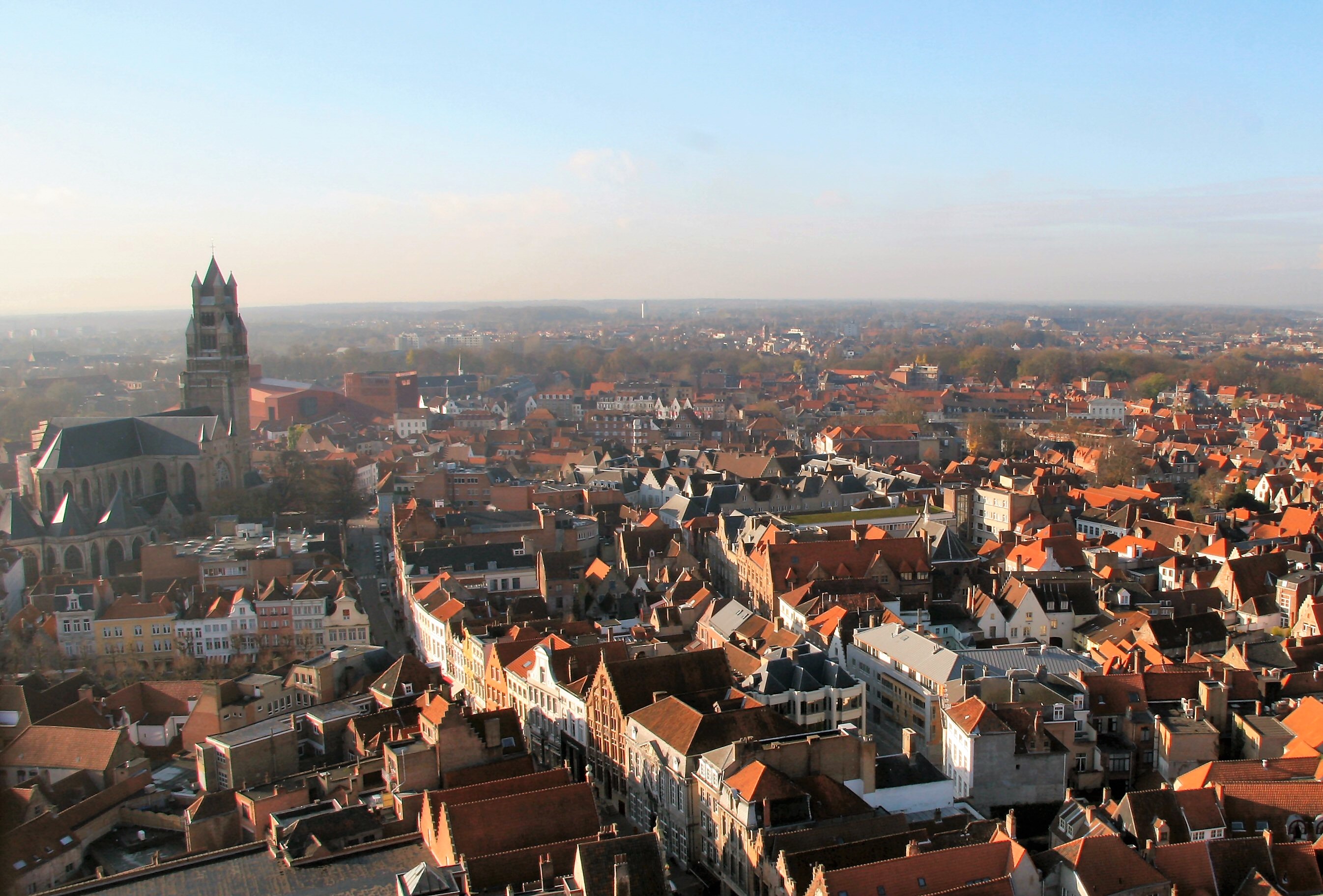
Bruges from the belfrey.
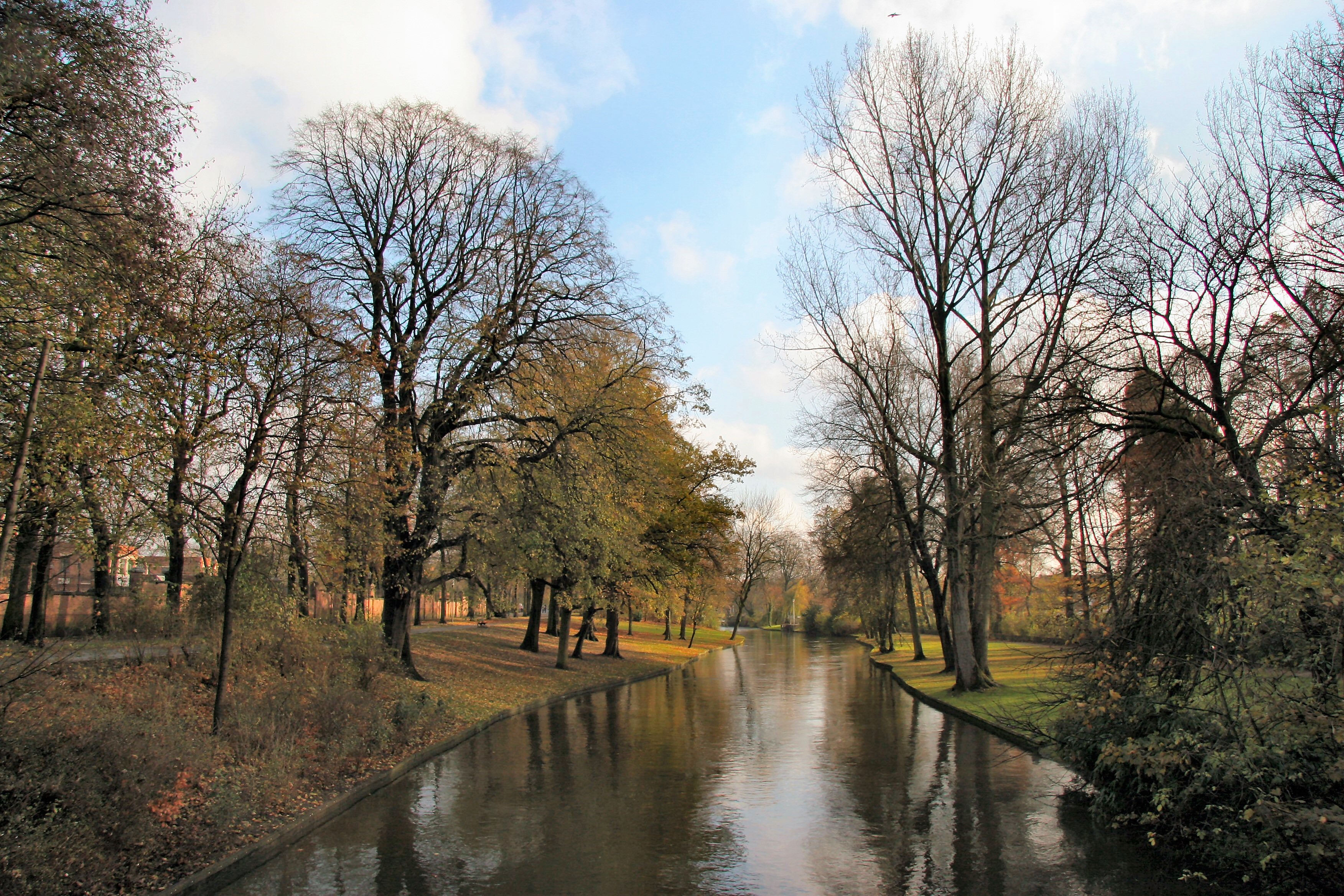
And weren't we lucky with the weather....
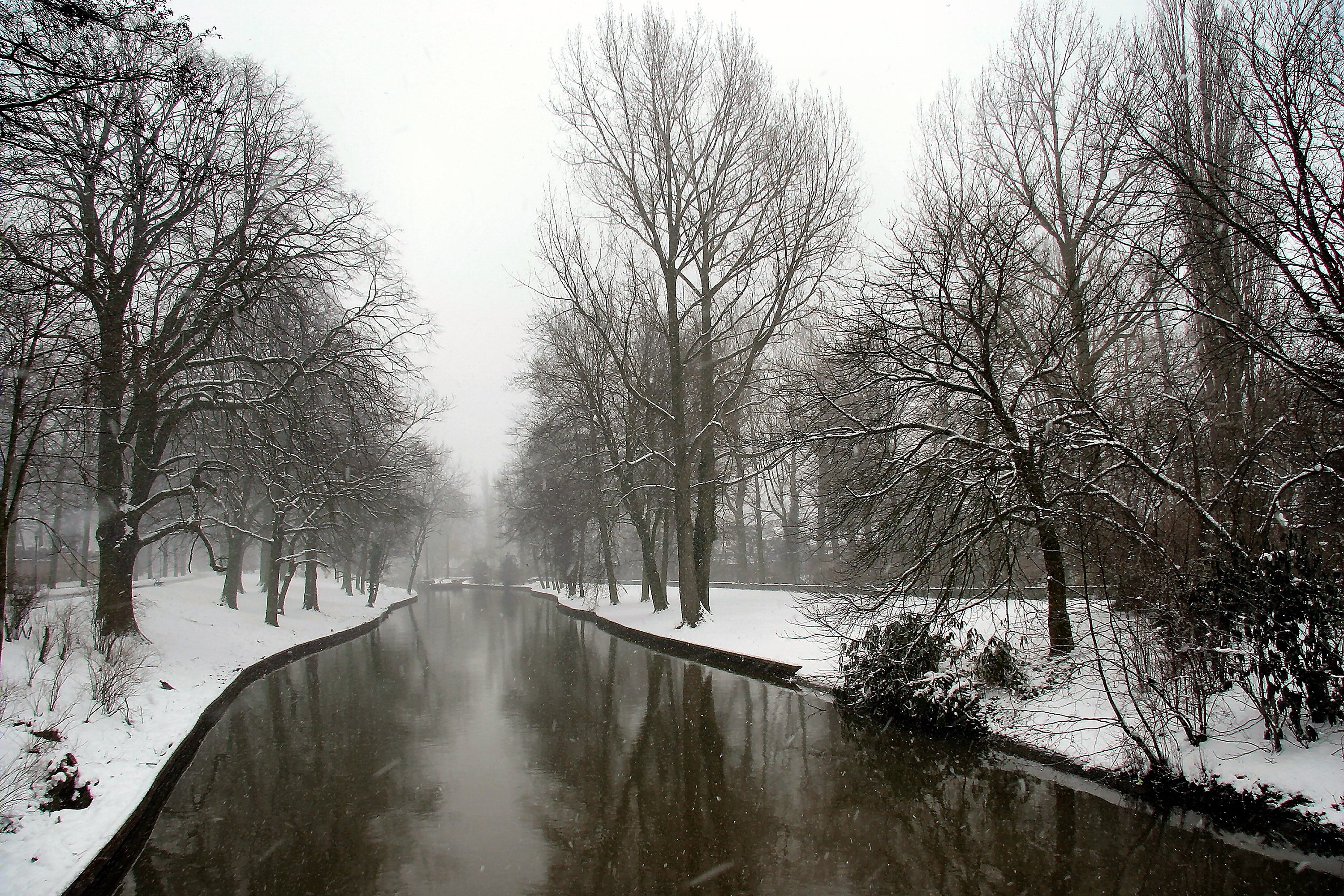
...this is what it was like on an earlier visit!
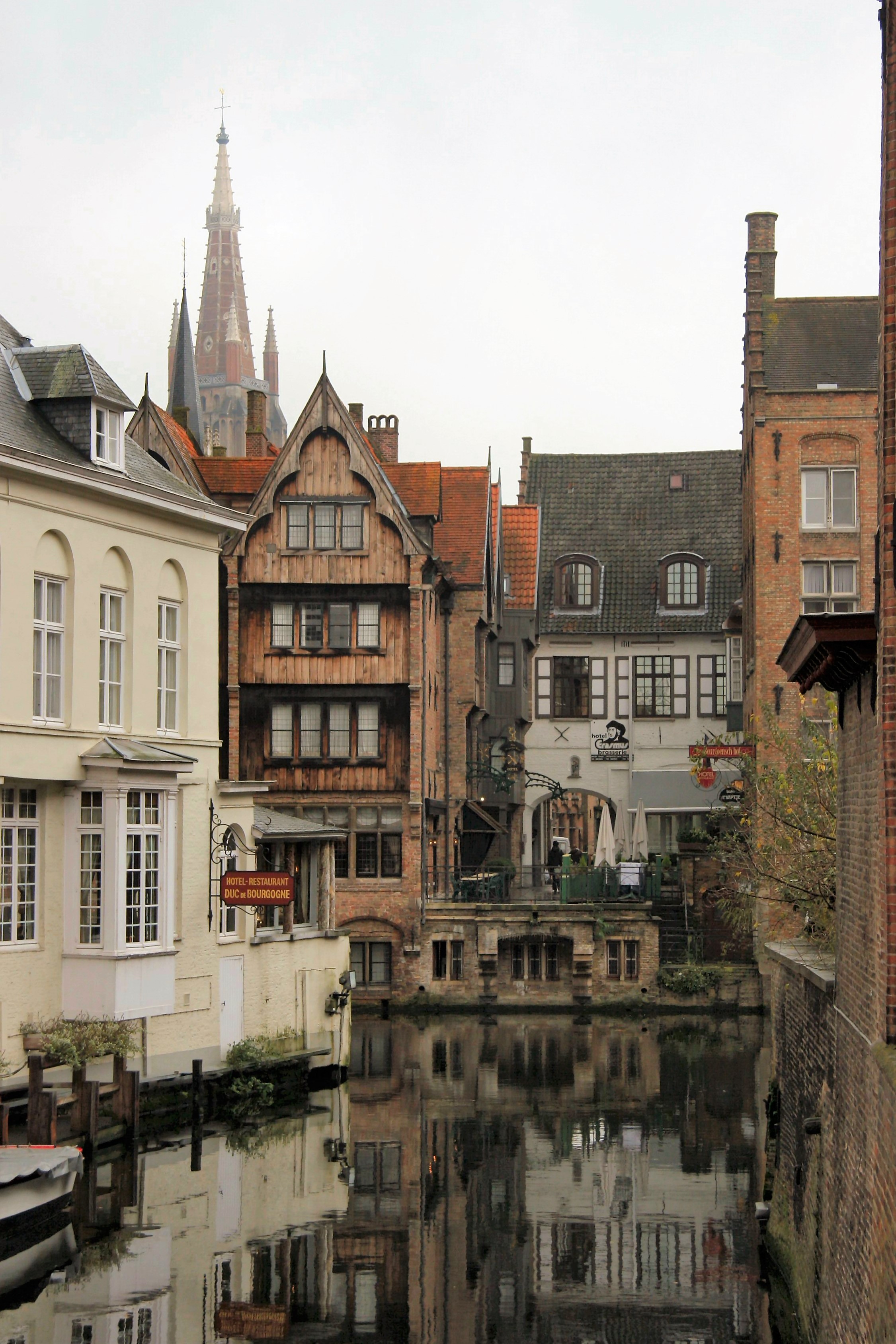
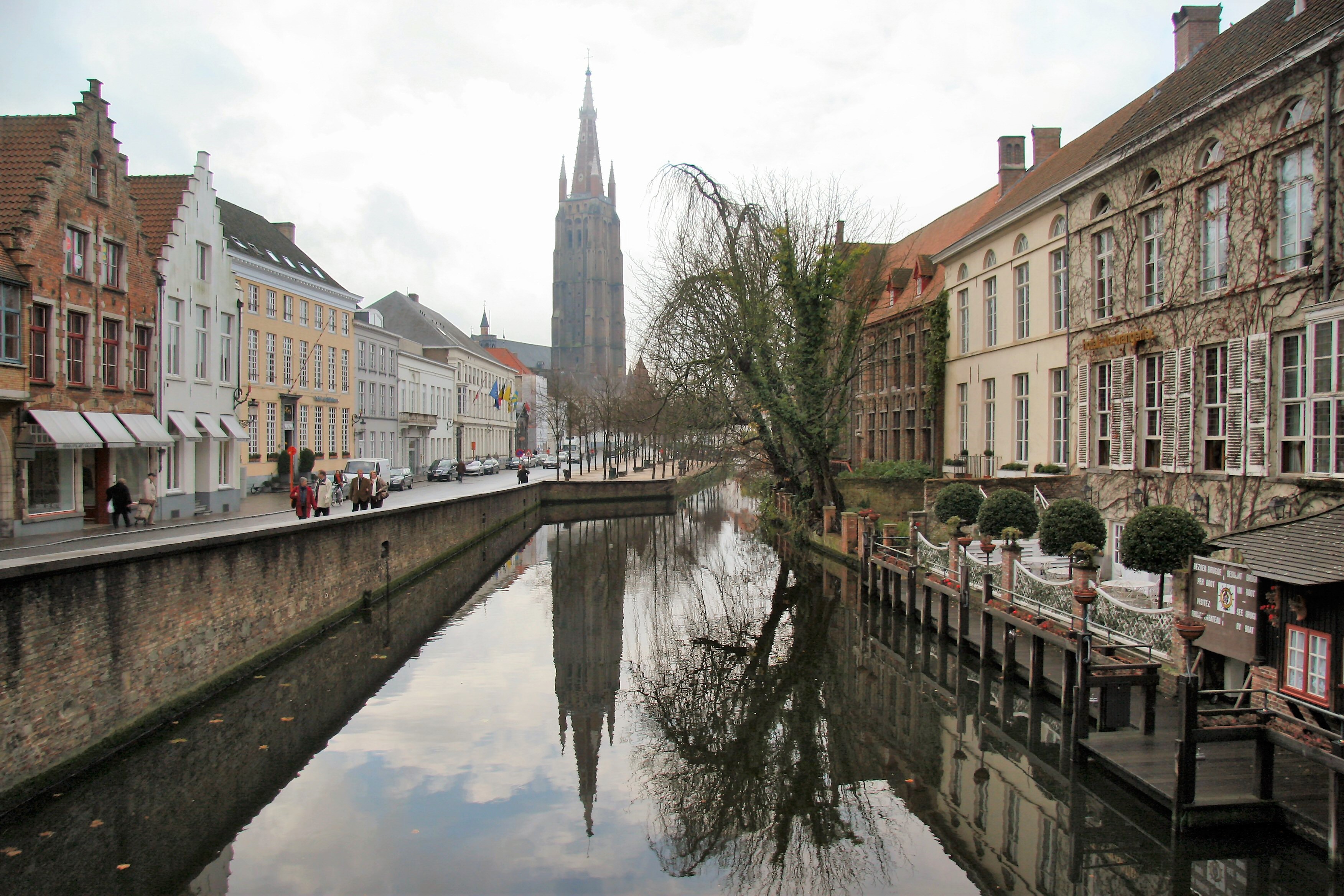
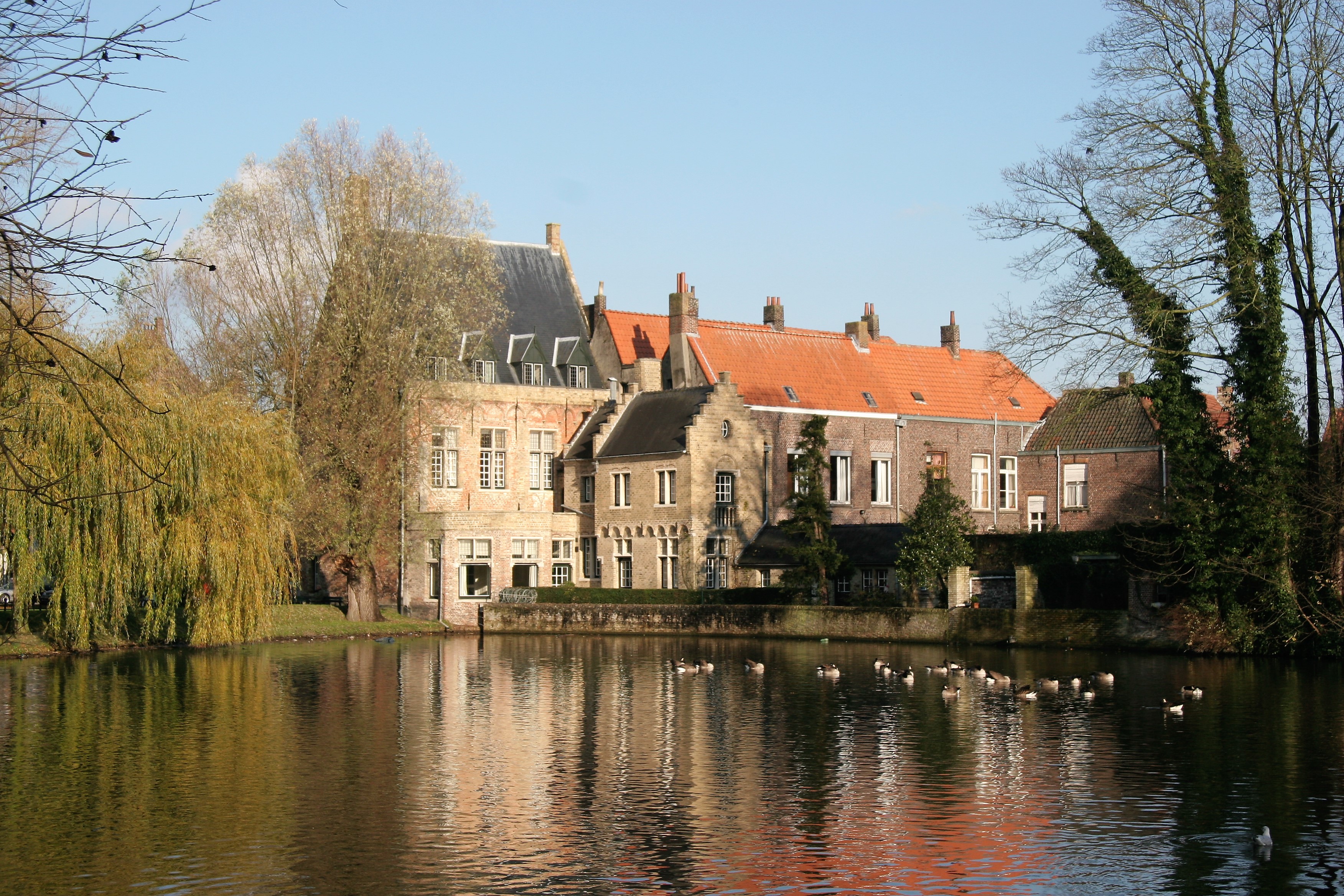
The Minnewater is home to many ducks and swans and reflects the surrounding trees, churches and fine houses.
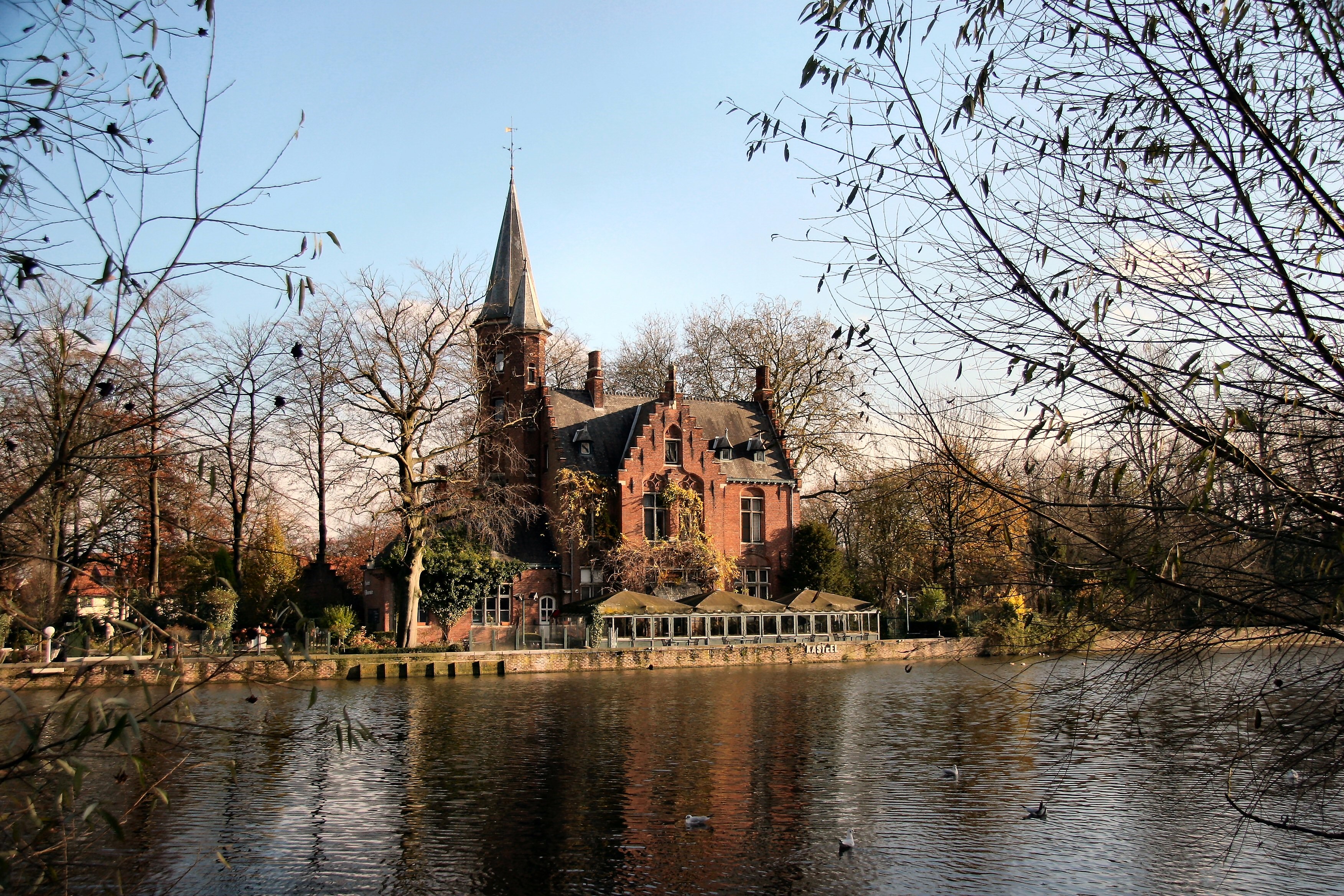
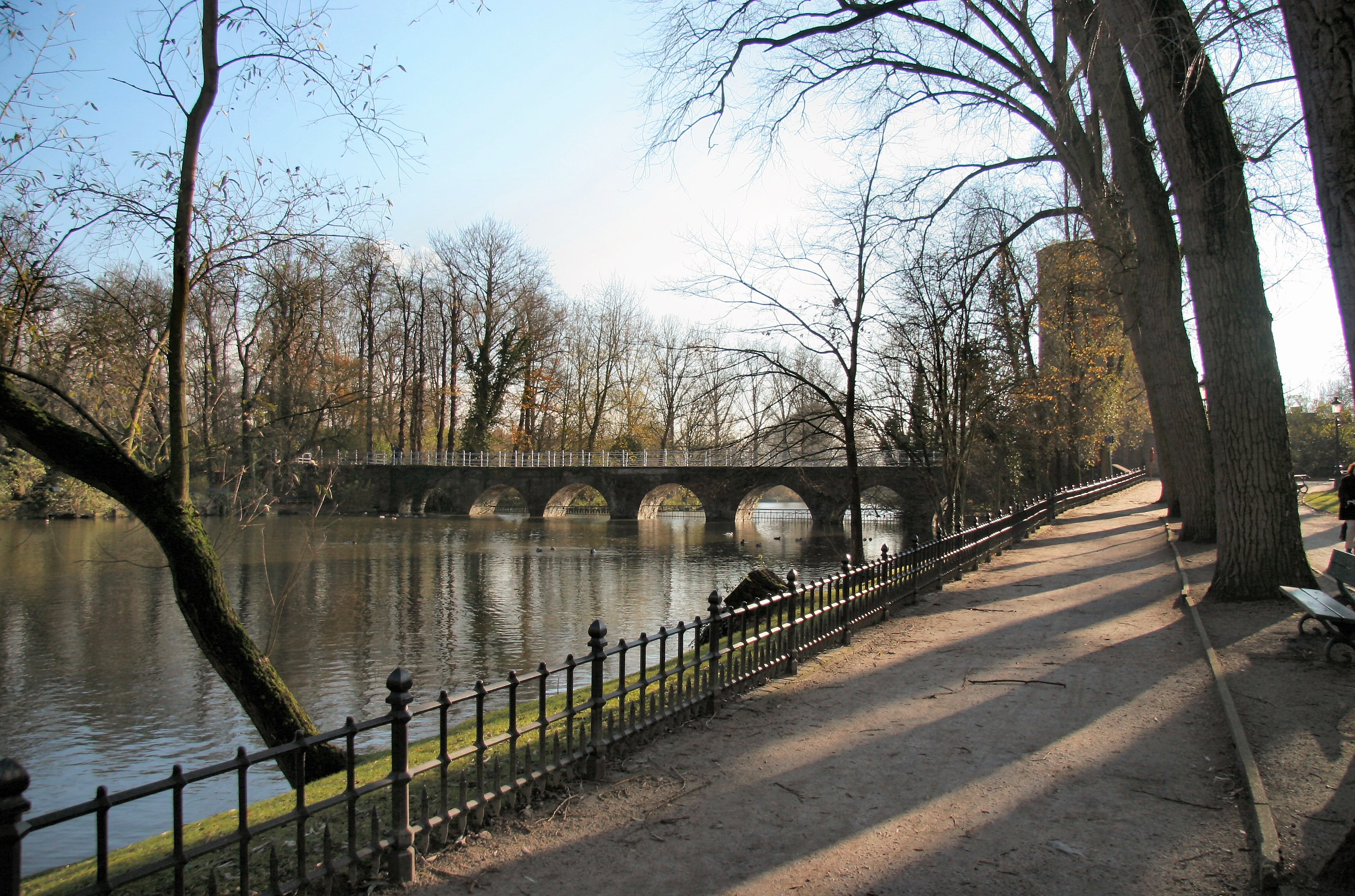
Minnewater is towards the outskirts of the old part of the city and used to be an inland port. Minnewater can be translated as "The Lake of Love" and it is certainly a beautiful and romantic spot.
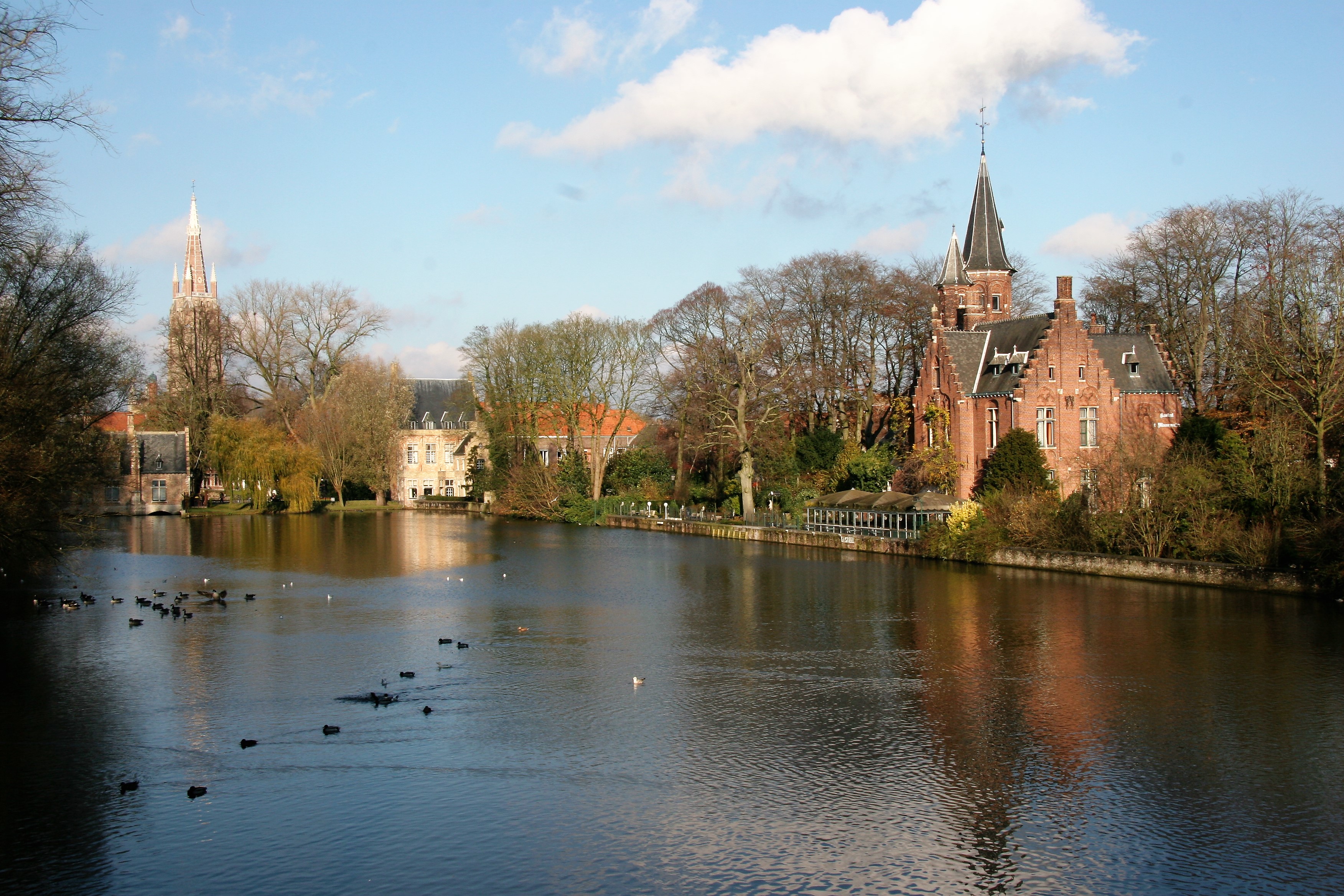
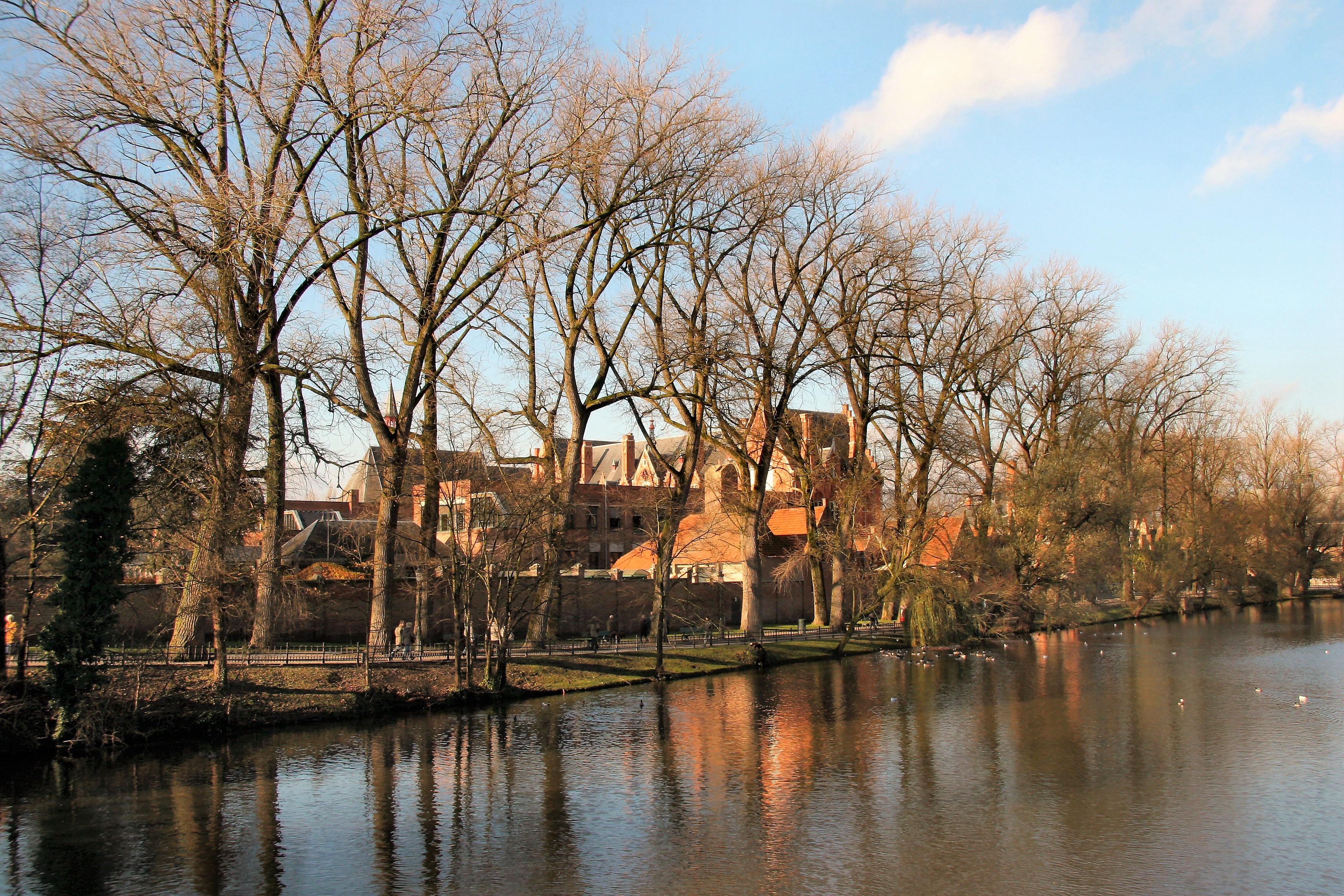
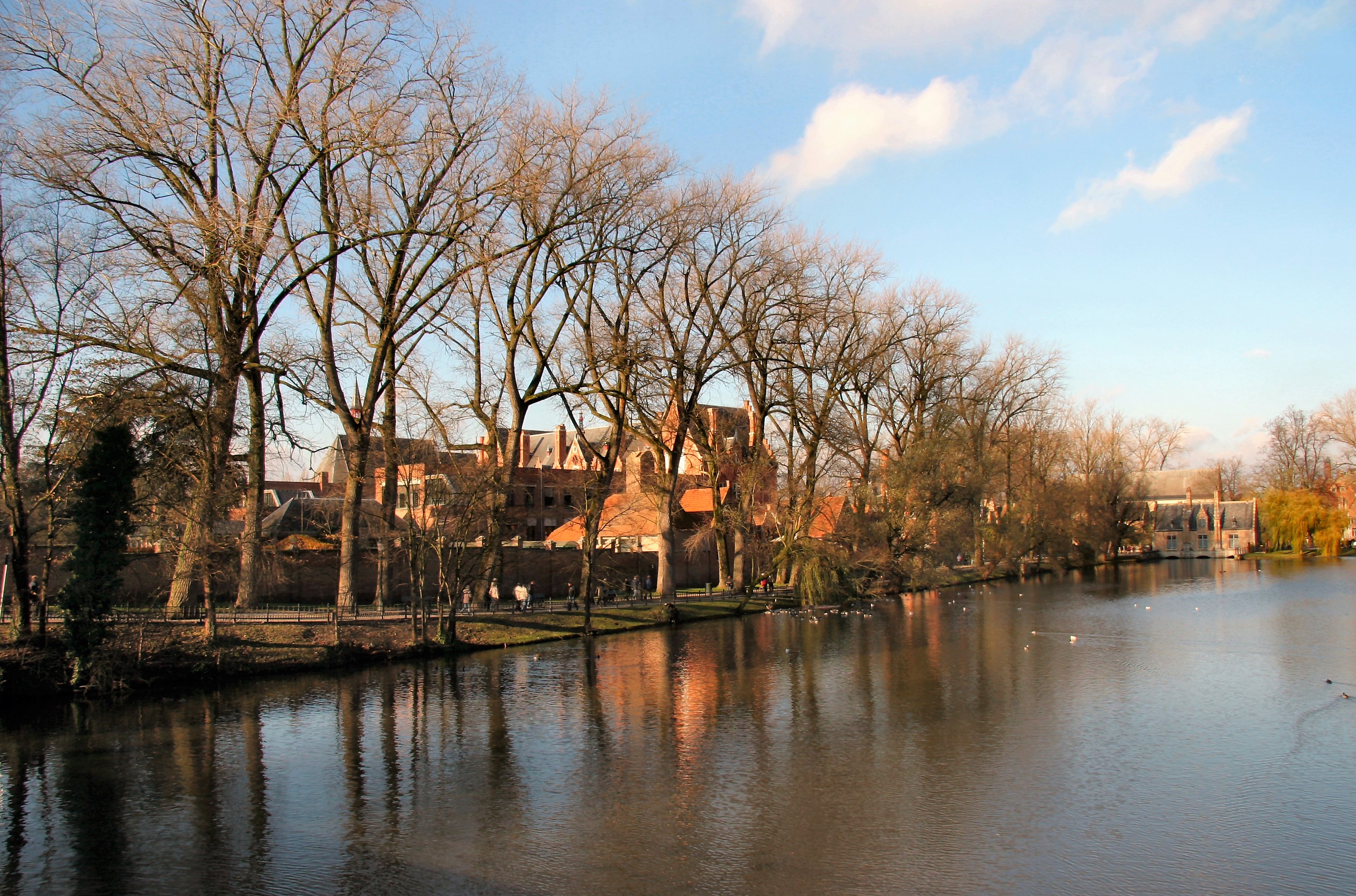
Three views around Minnewater.
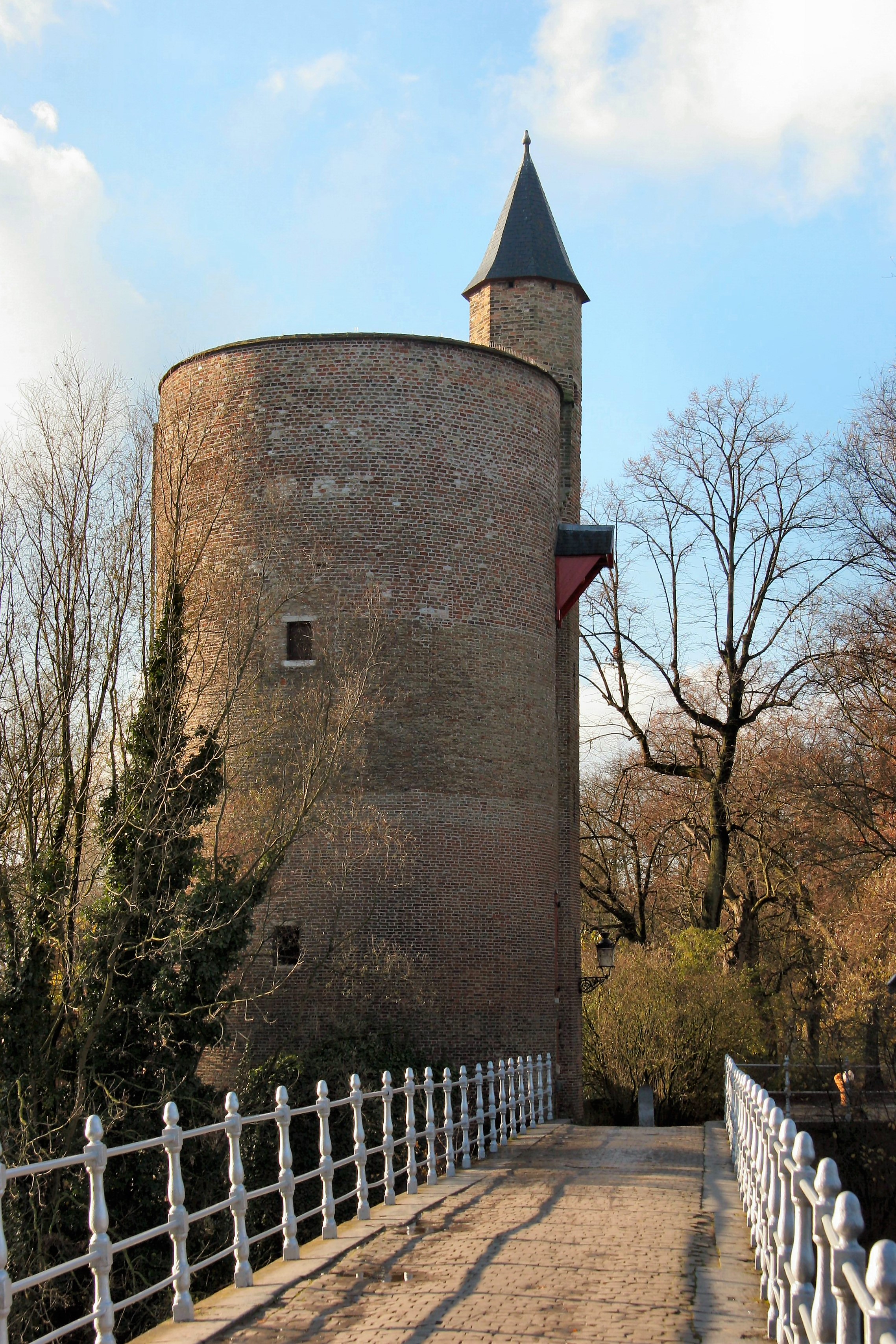
The tower by the bridge is the fifteenth century Poederforen or Gunpowder Tower.
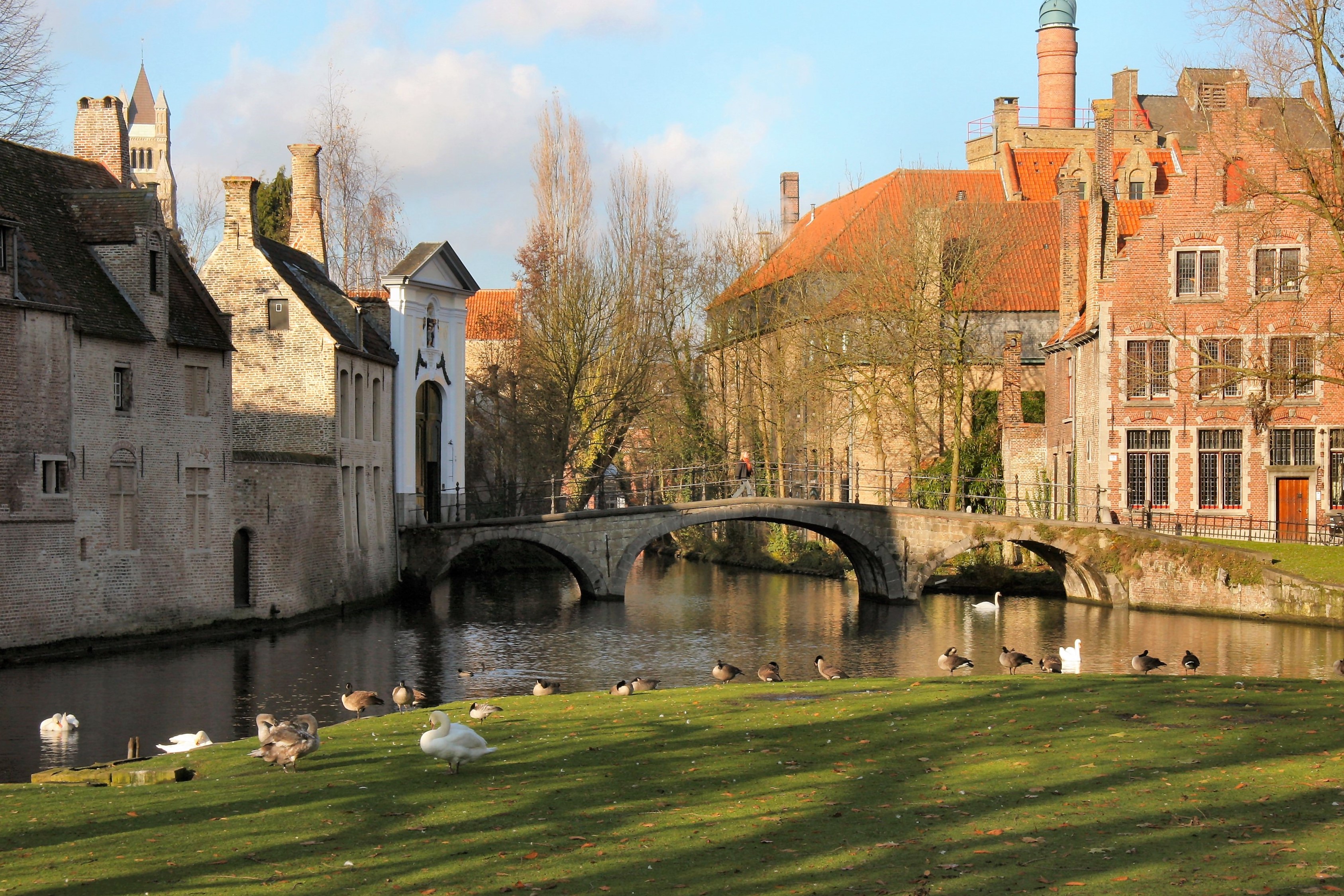
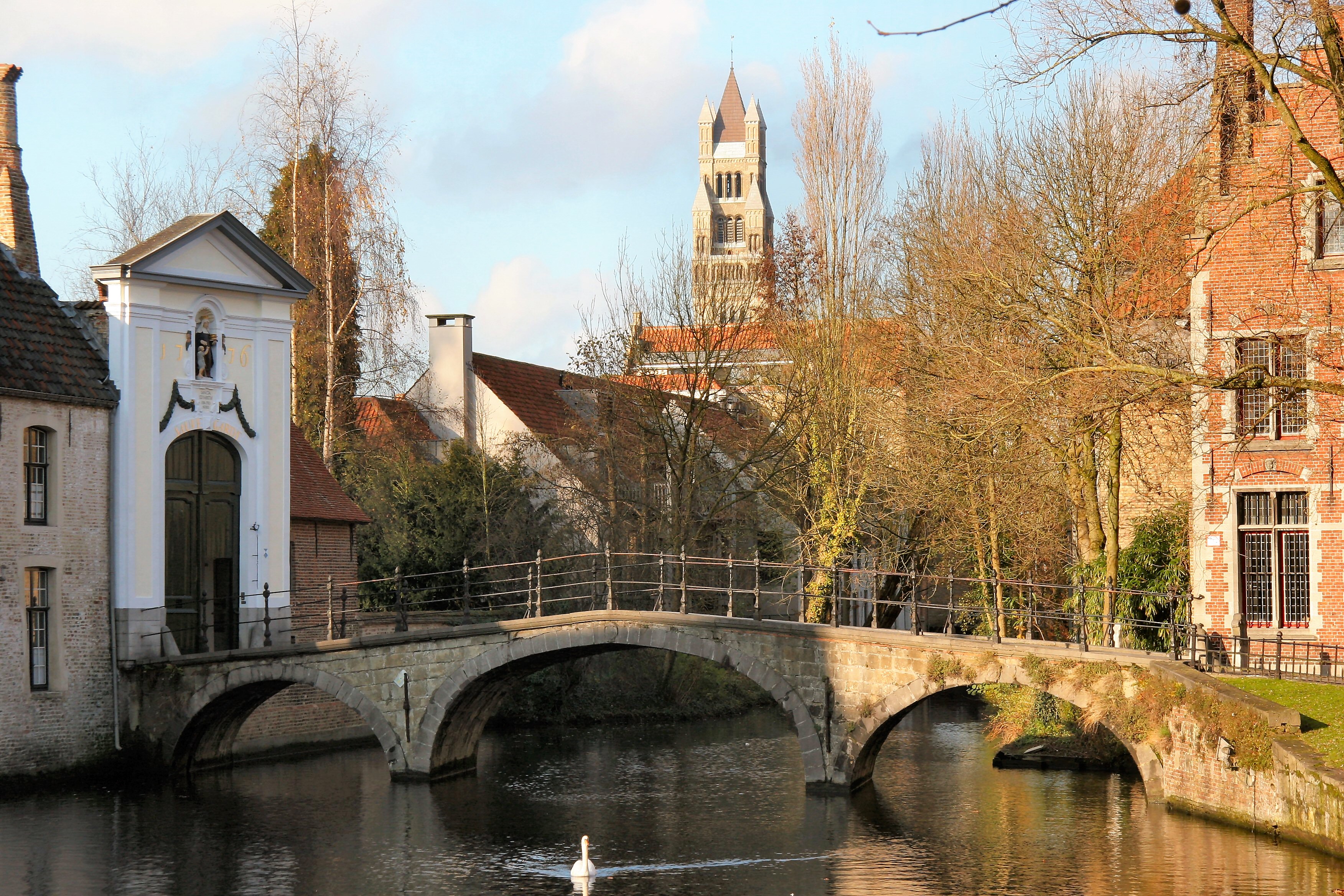
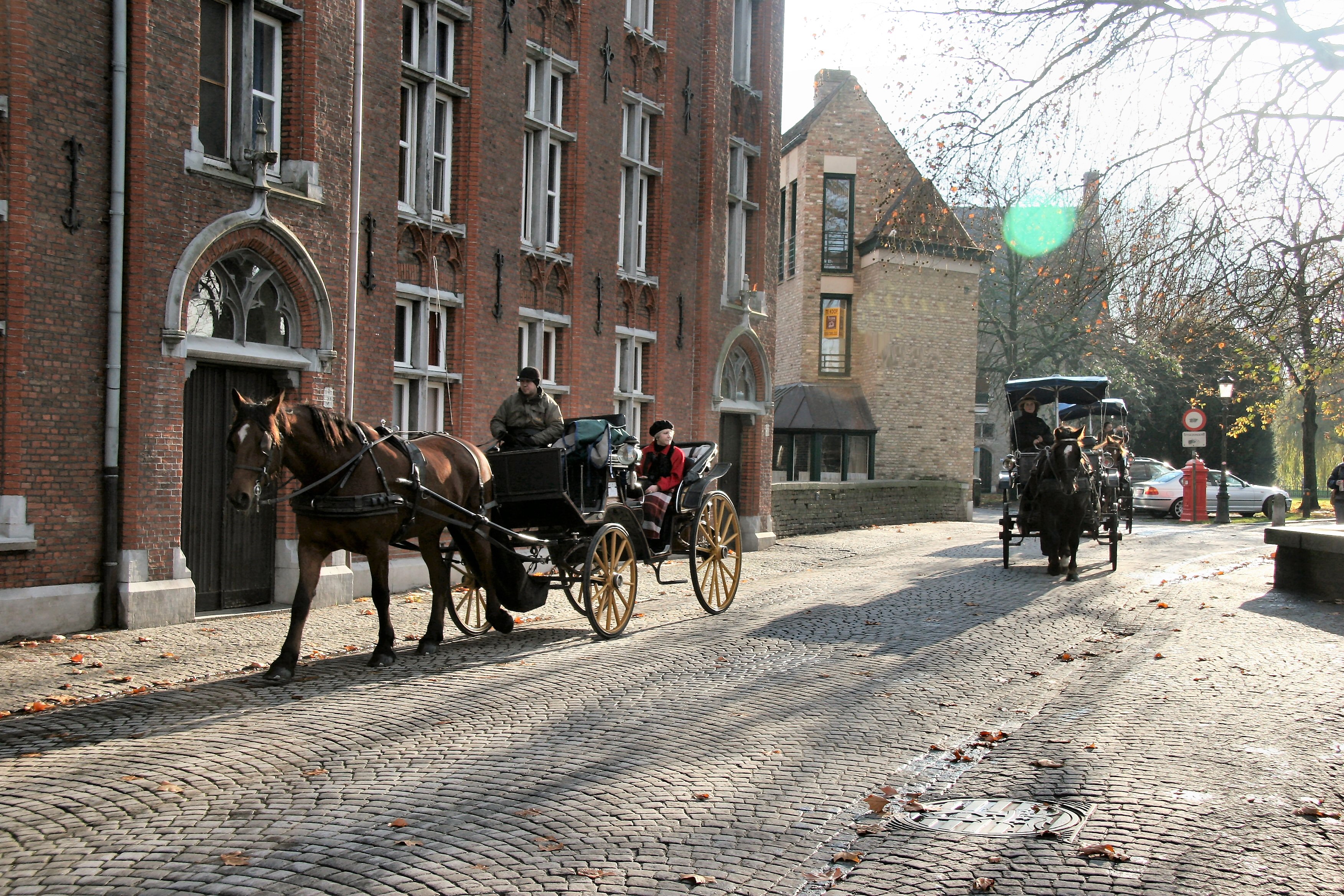
Minnewater is very much part of the tourist trail and even in December a constant stream of visitors were passing in their horse drawn carriage tours of the city.
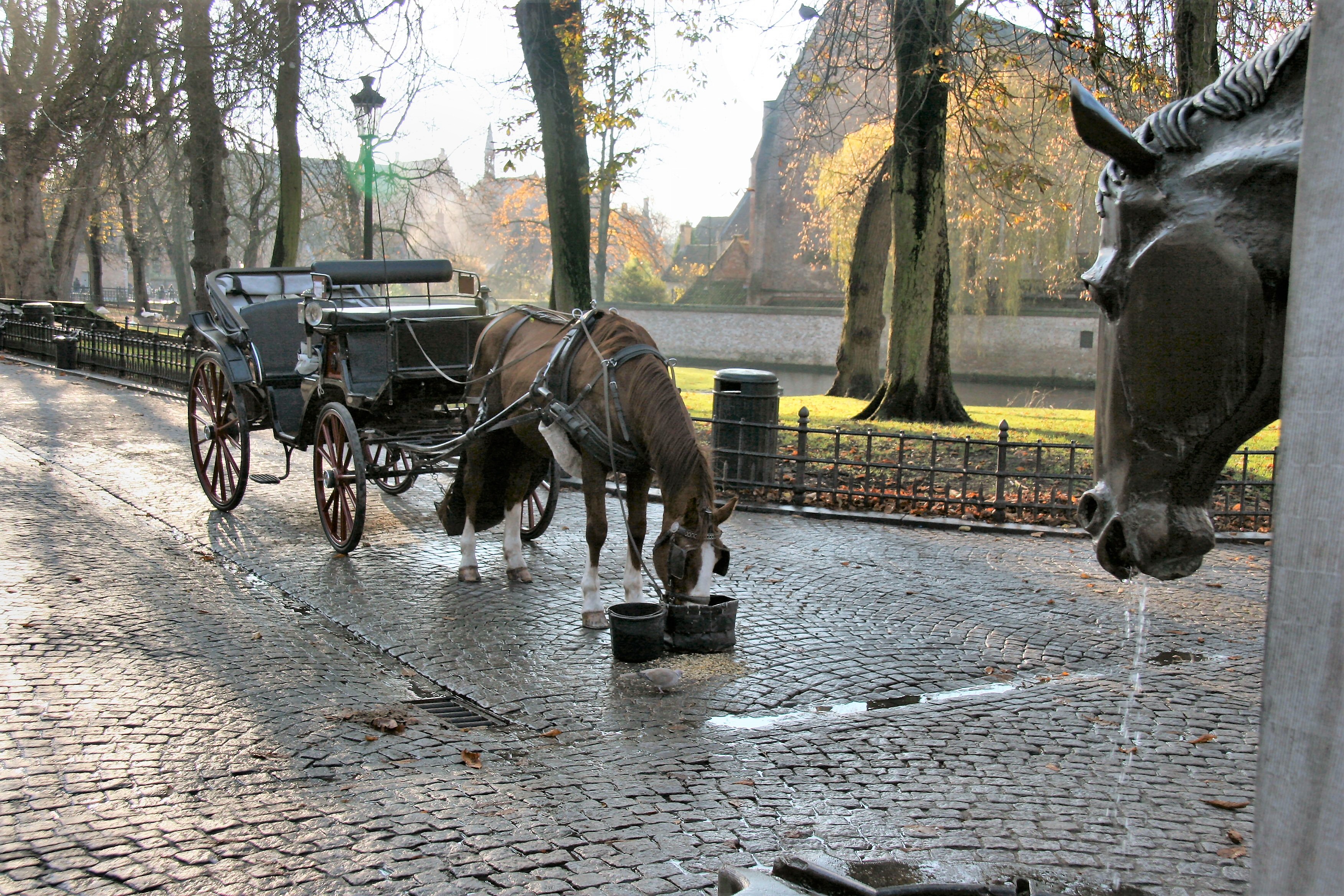
The tour round Bruges in a horse-drawn carriage is available throughout the year, even as here in December - warm clothing strongly advised! Part of the tour is a visit to the 13th century Beguinage, now a Bennedictine Nunnery. While the visitors are looking round the horses are fed. The drivers, no doubt, have found somewhere warm to wait.
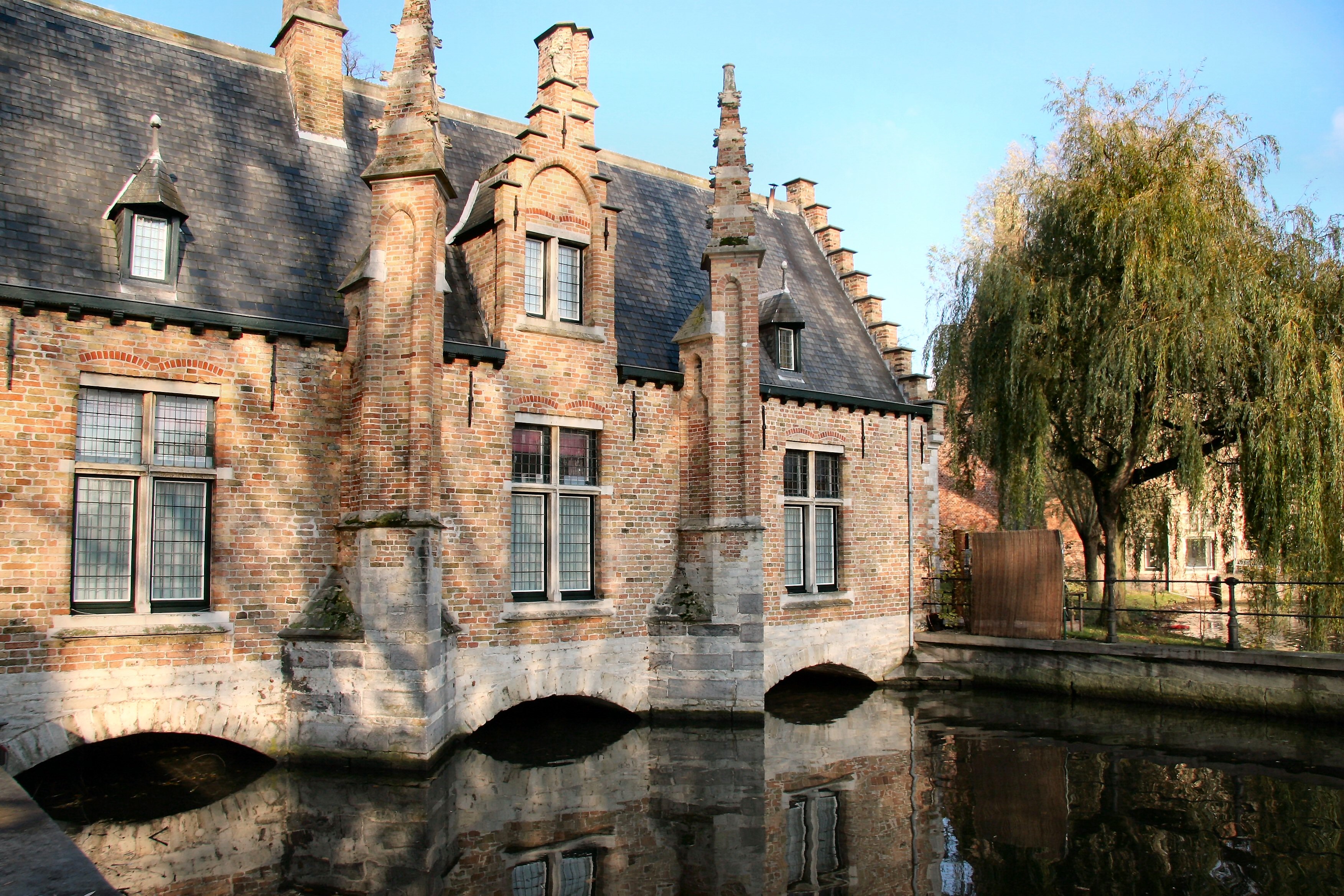
Former mill on Minnewater.
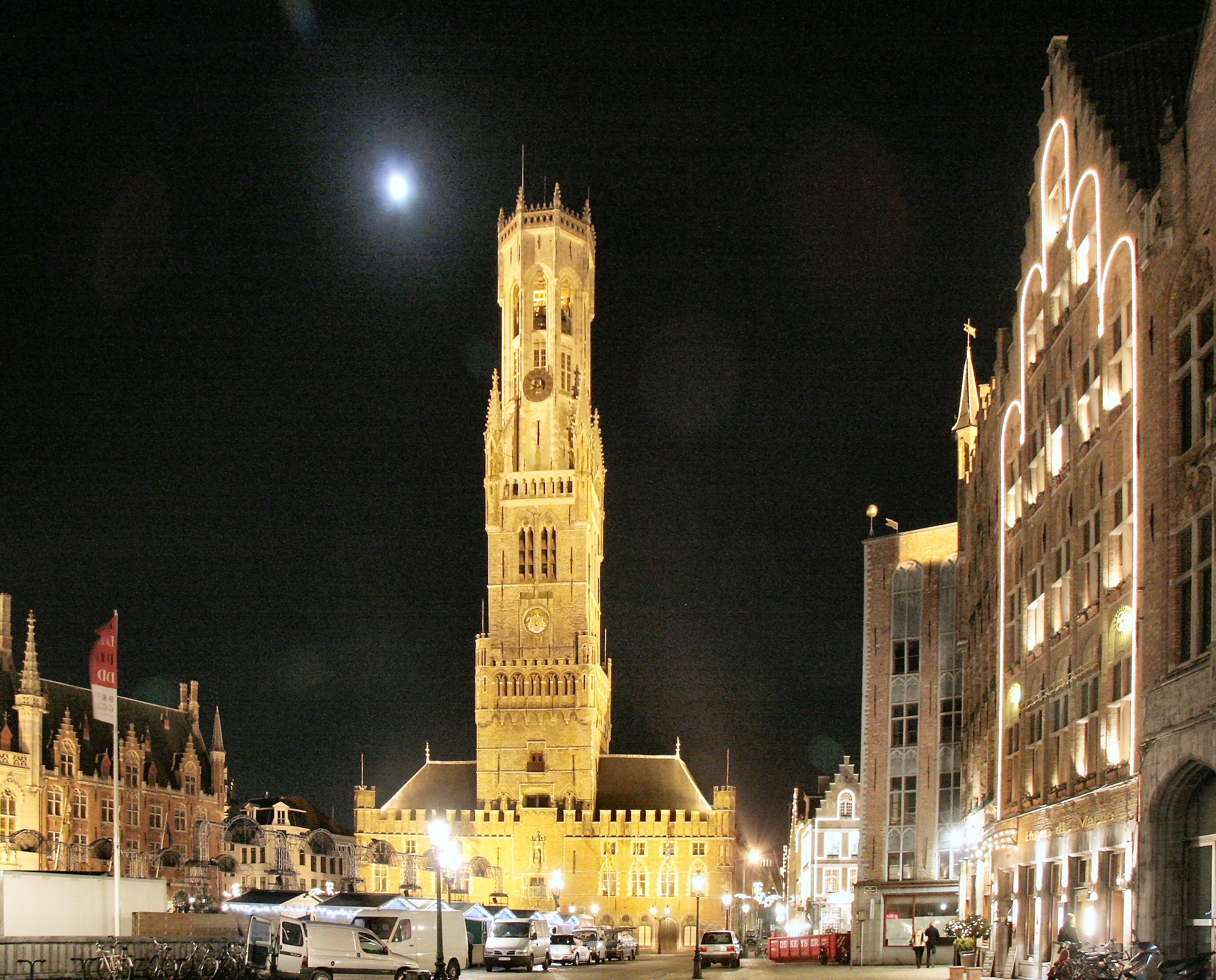
This 83 metre tower dominates the whole town and provides a fine view if you climb the 366 steps to the viewing platform. It was built in the 13th century and the octagonal top section was added in the 15th century. The tower contains a whole peal of bells, which can play a selection of tunes with the aid of an elaborate clockwork mechanism, and can be heard below throughout the day. This is very much the centre and busiest part of the town.
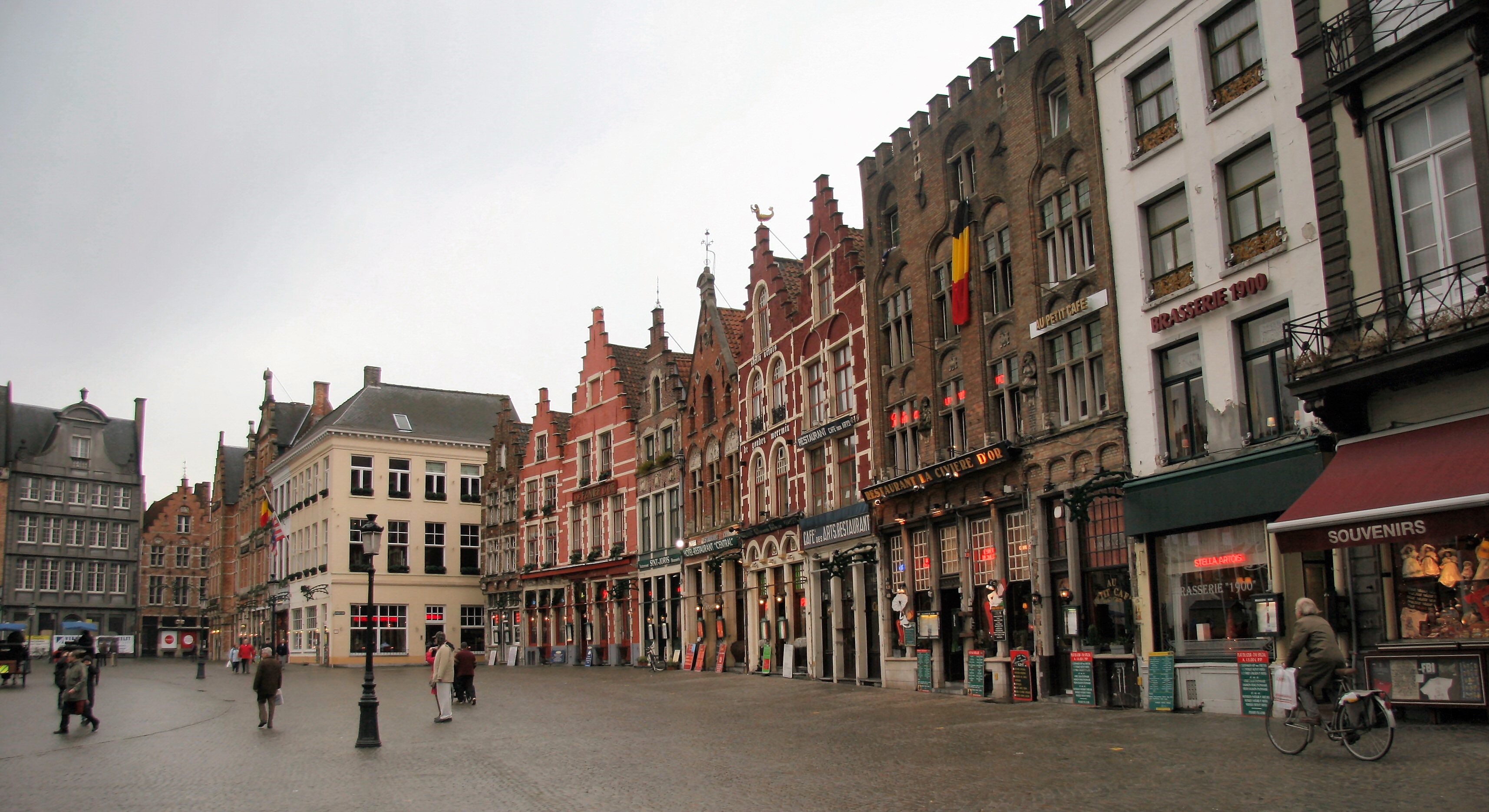
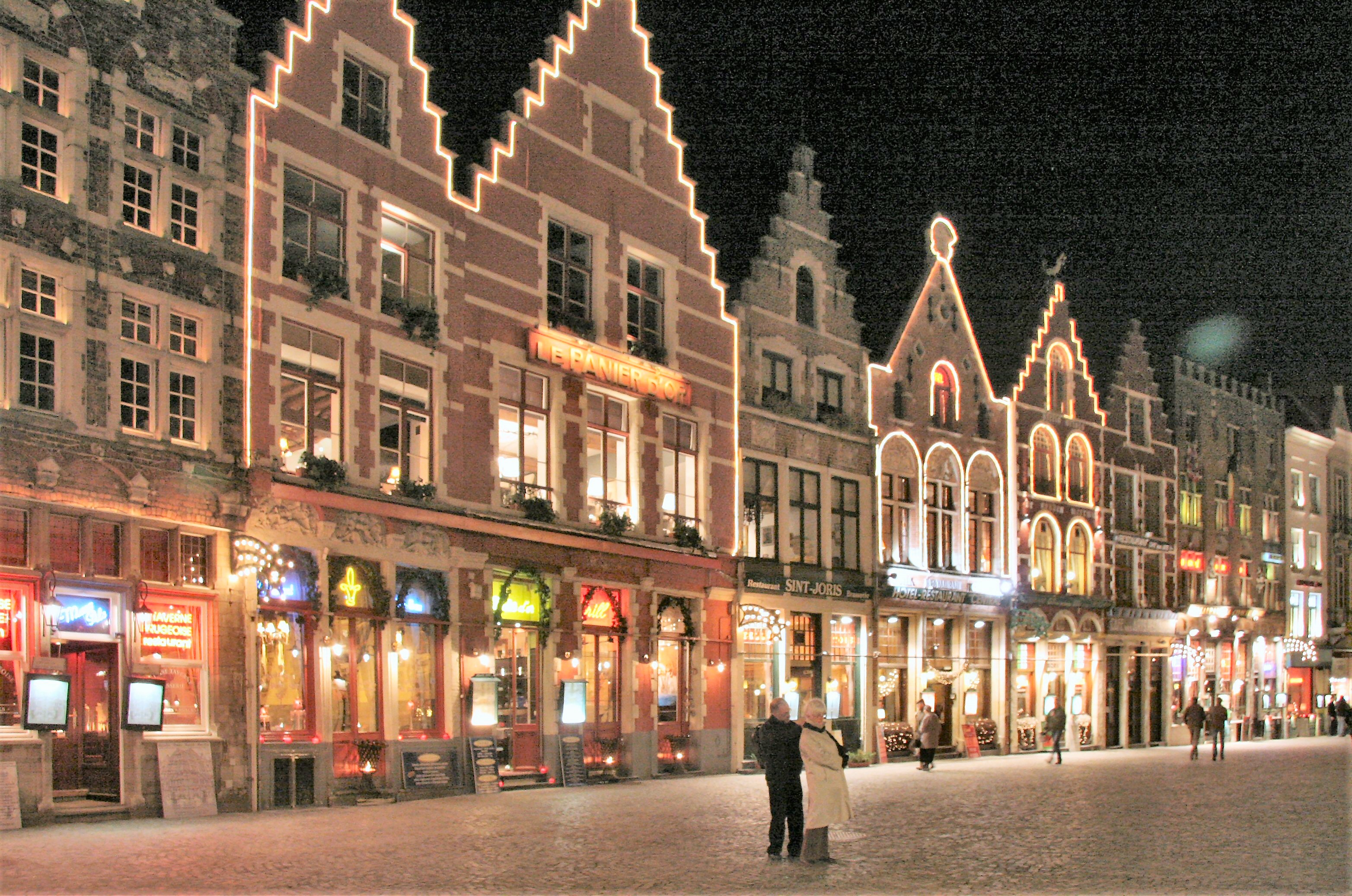
There must be a dozen restaurants around the square and although I cannot speak for all of them, they did all seem pretty similar. This was the only place in Bruges that I had reservations about. Most of the customers in the restaurant we chose were tourists. This is often, though not necessarily, a bad sign. The service was efficient but we did not feel that they would welcome us taking our time. The menu was a bit vague and they asked if we wanted various accompanying dishes with no indication that these were extra. They put far more food in front of us than we could eat. The bill came as a bit of a shock and although there was nothing wrong with the food, we left feeling that we had been ripped off.
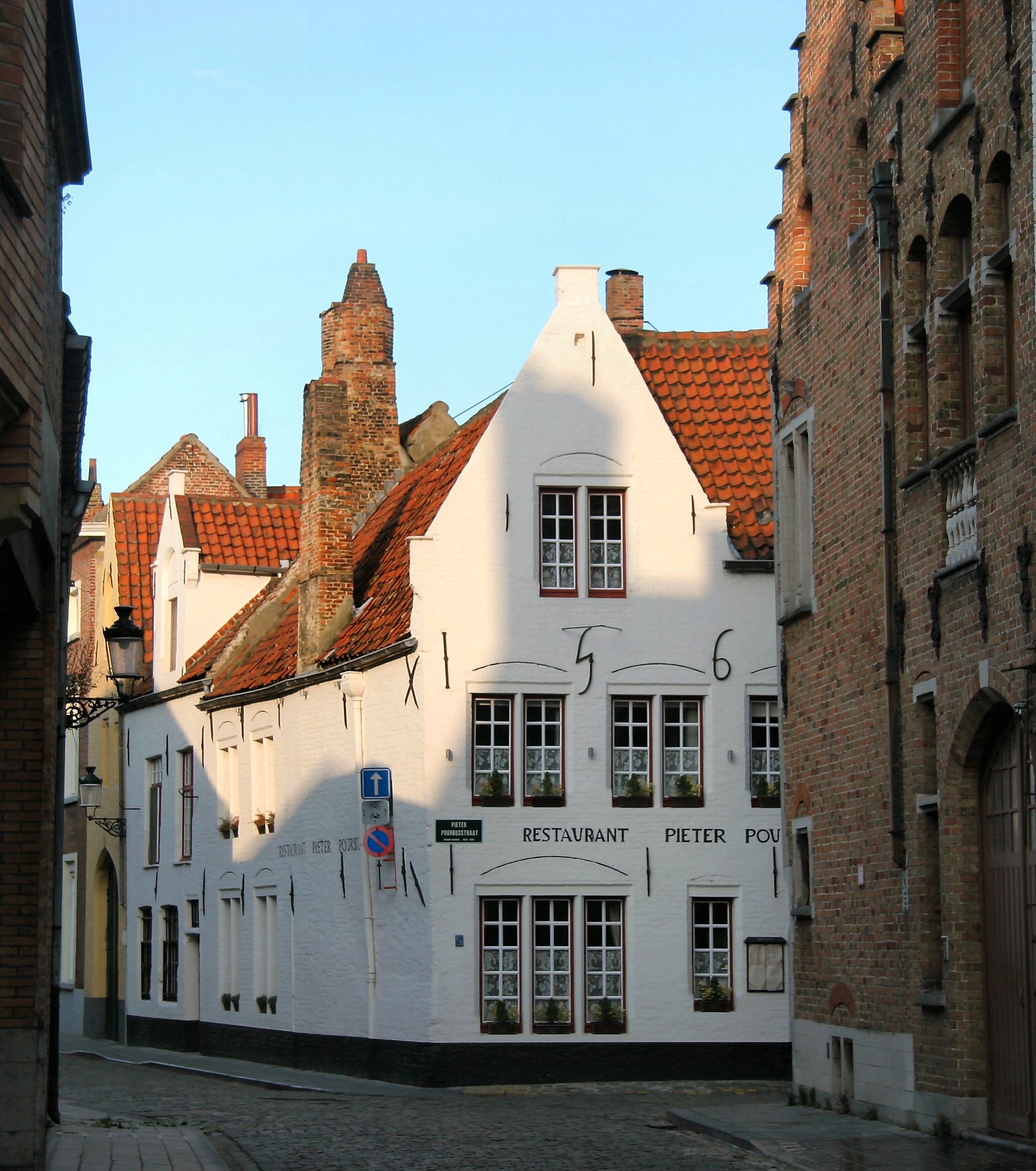
For the rest of our stay we looked for places where the locals were eating with far more satisfactory results.
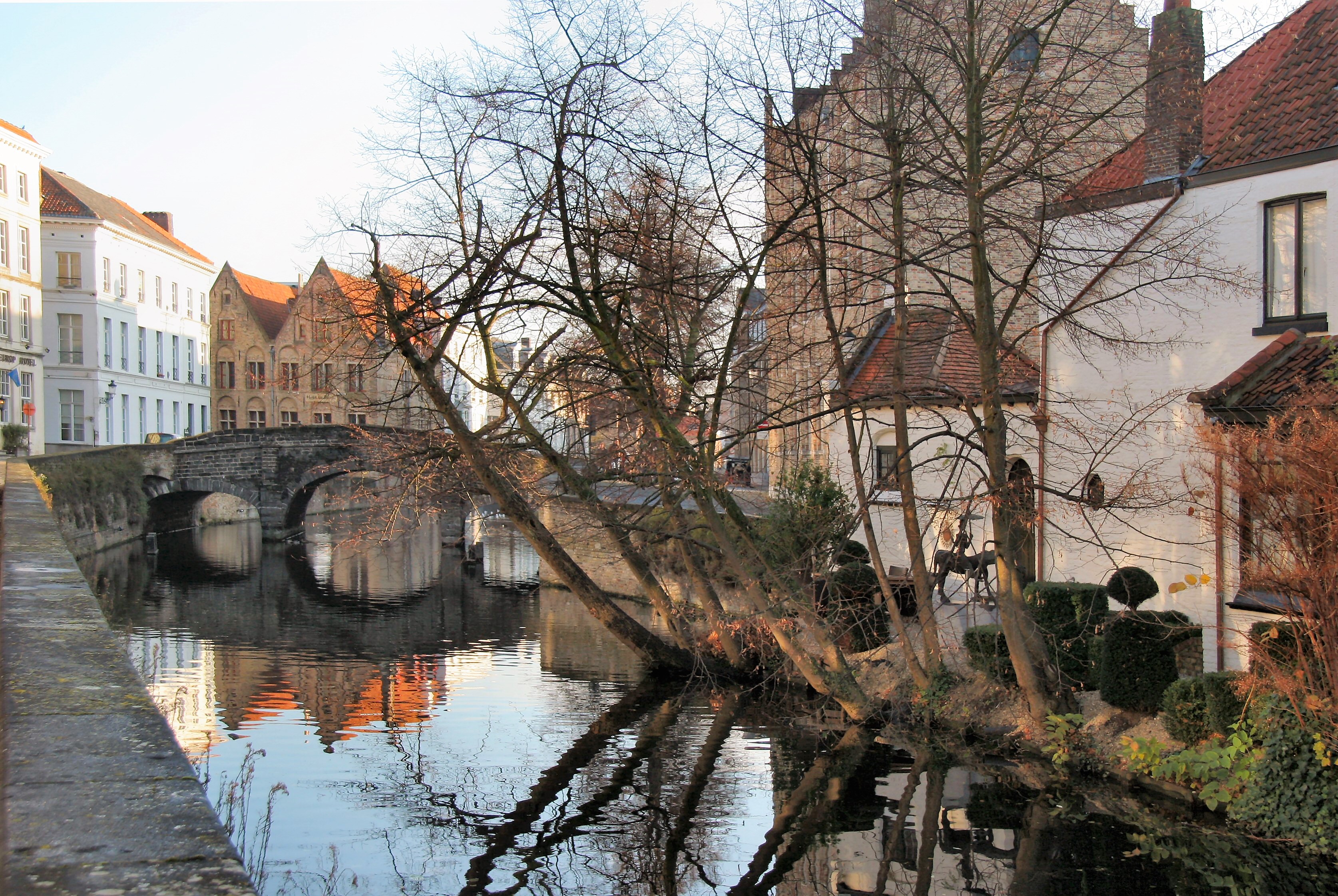
The old houses of Bruges often back directly on to the canal giving fine views from their windows. Sometimes there is space for a small garden or patio. This is a view along a minor canal, looking from a street called Augustijnen Rei. With the overhanging trees, sunlight and shadow, reflections, the arches of the bridge - the scene almost demands that you stop and record it.
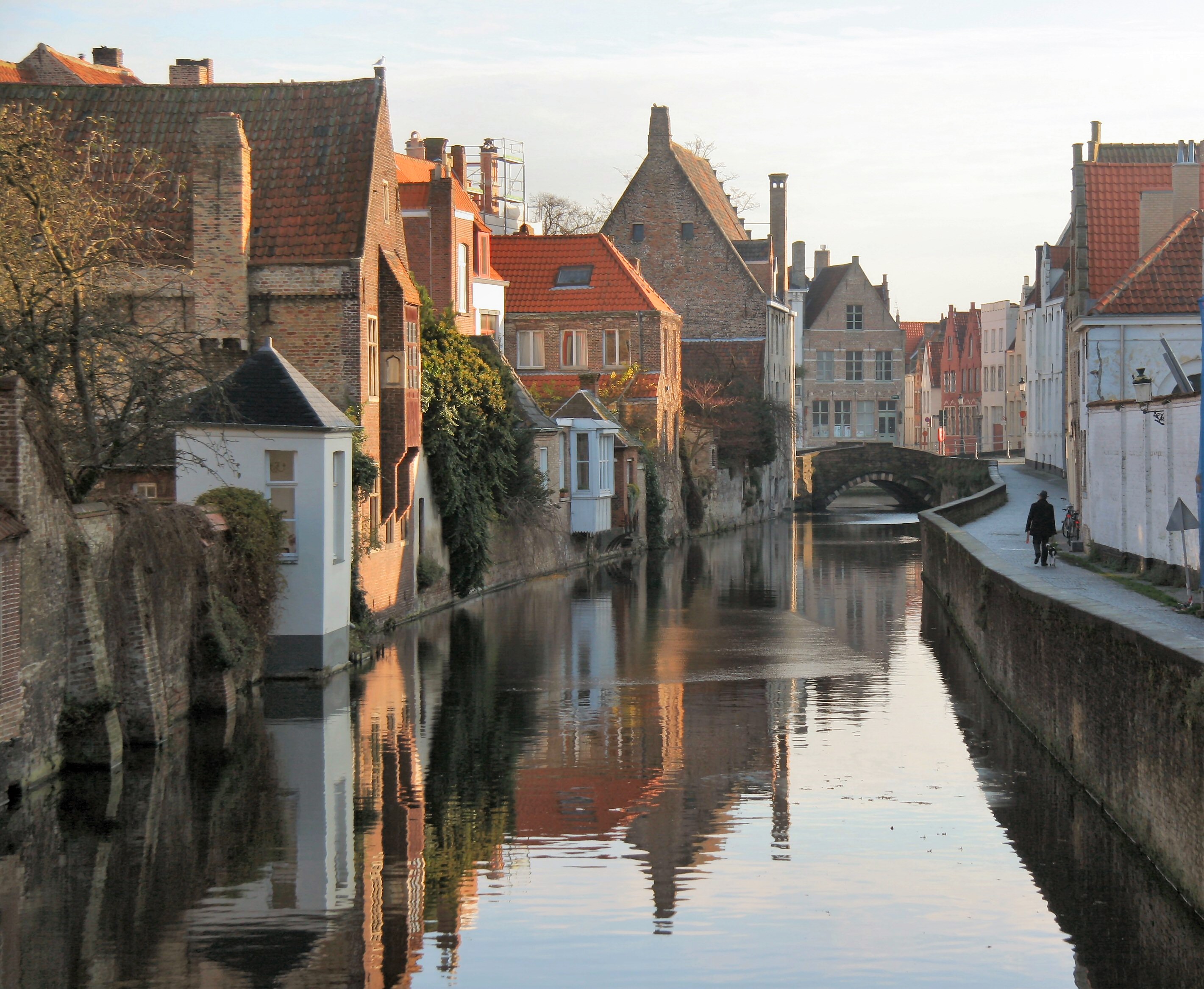
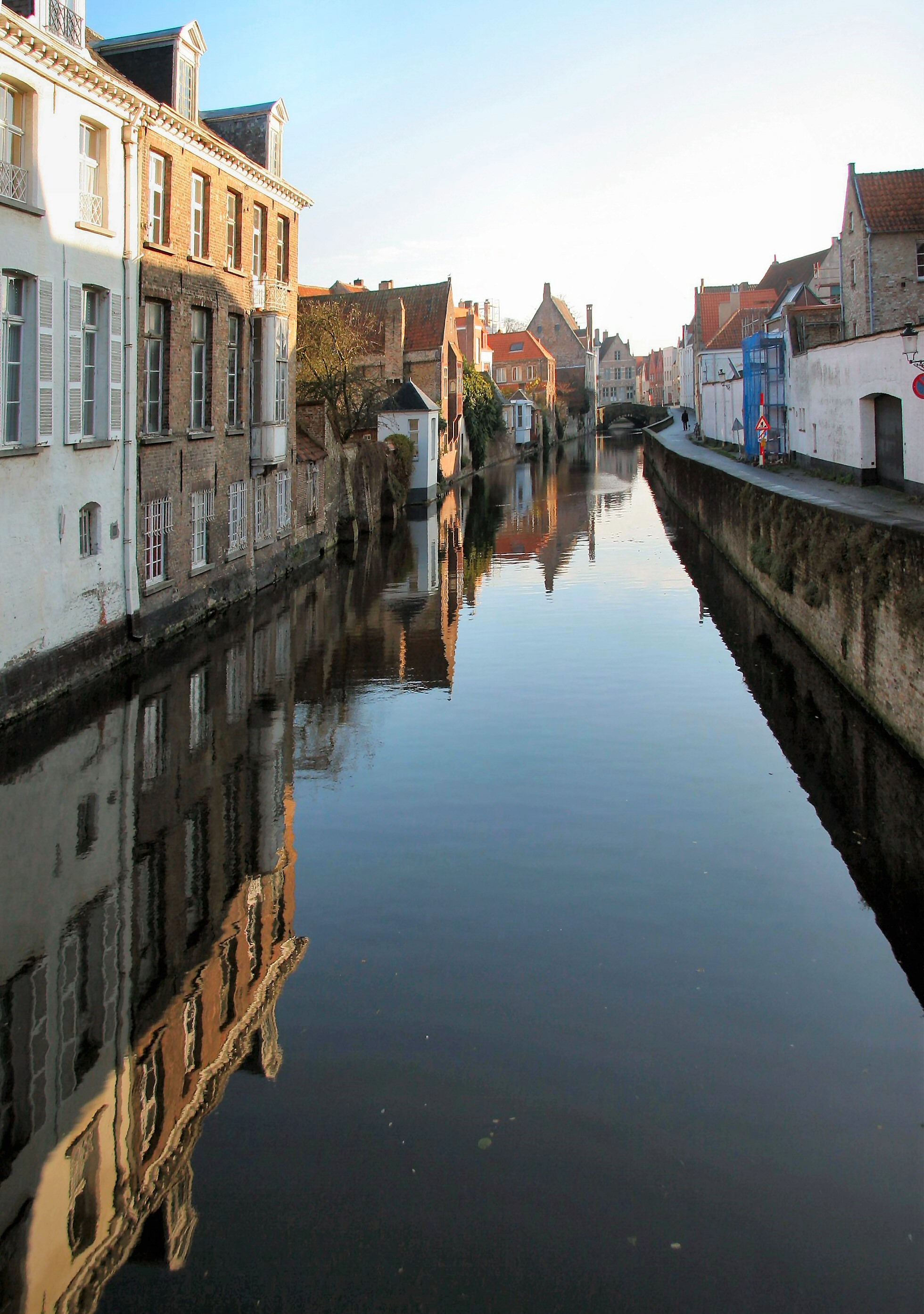
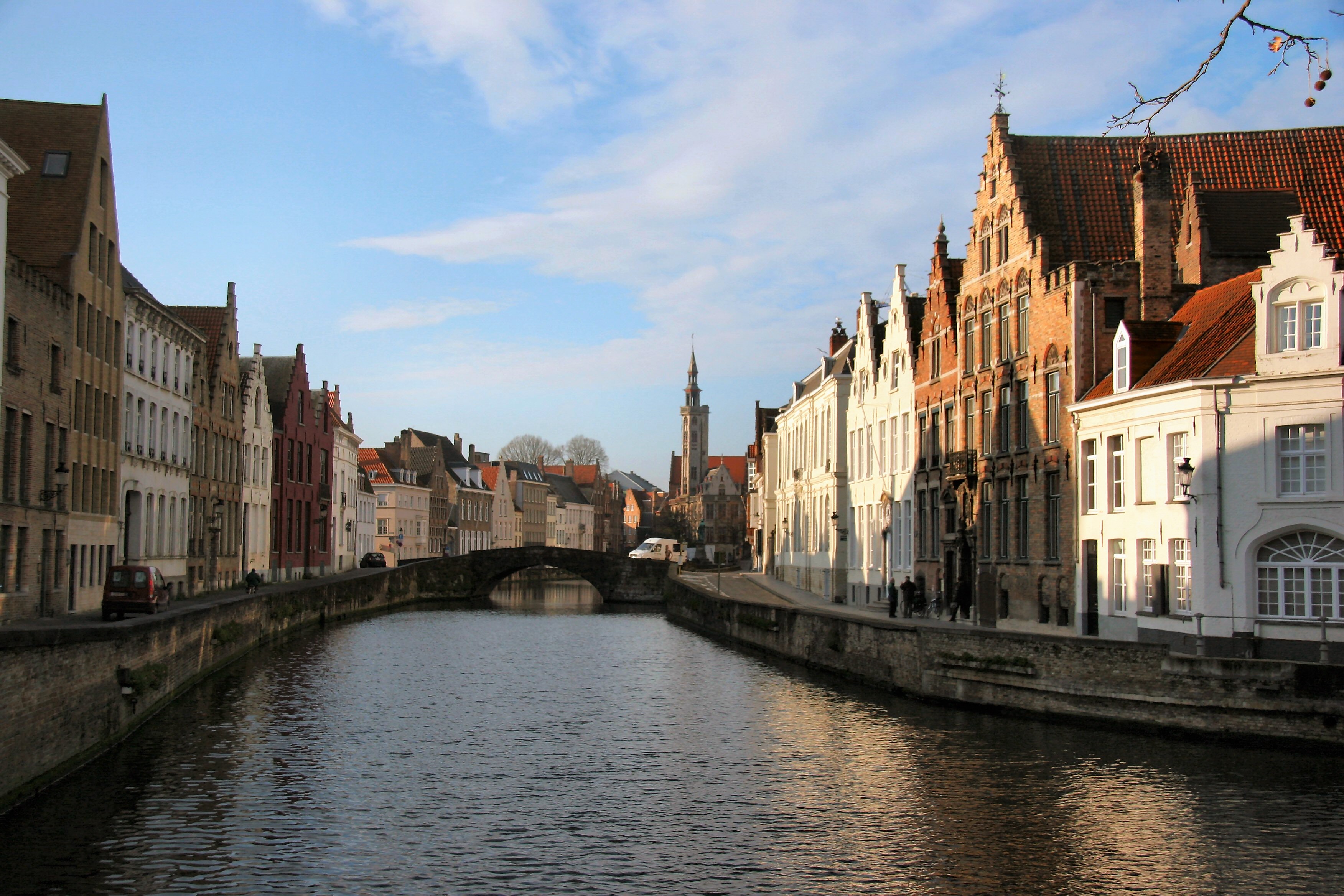
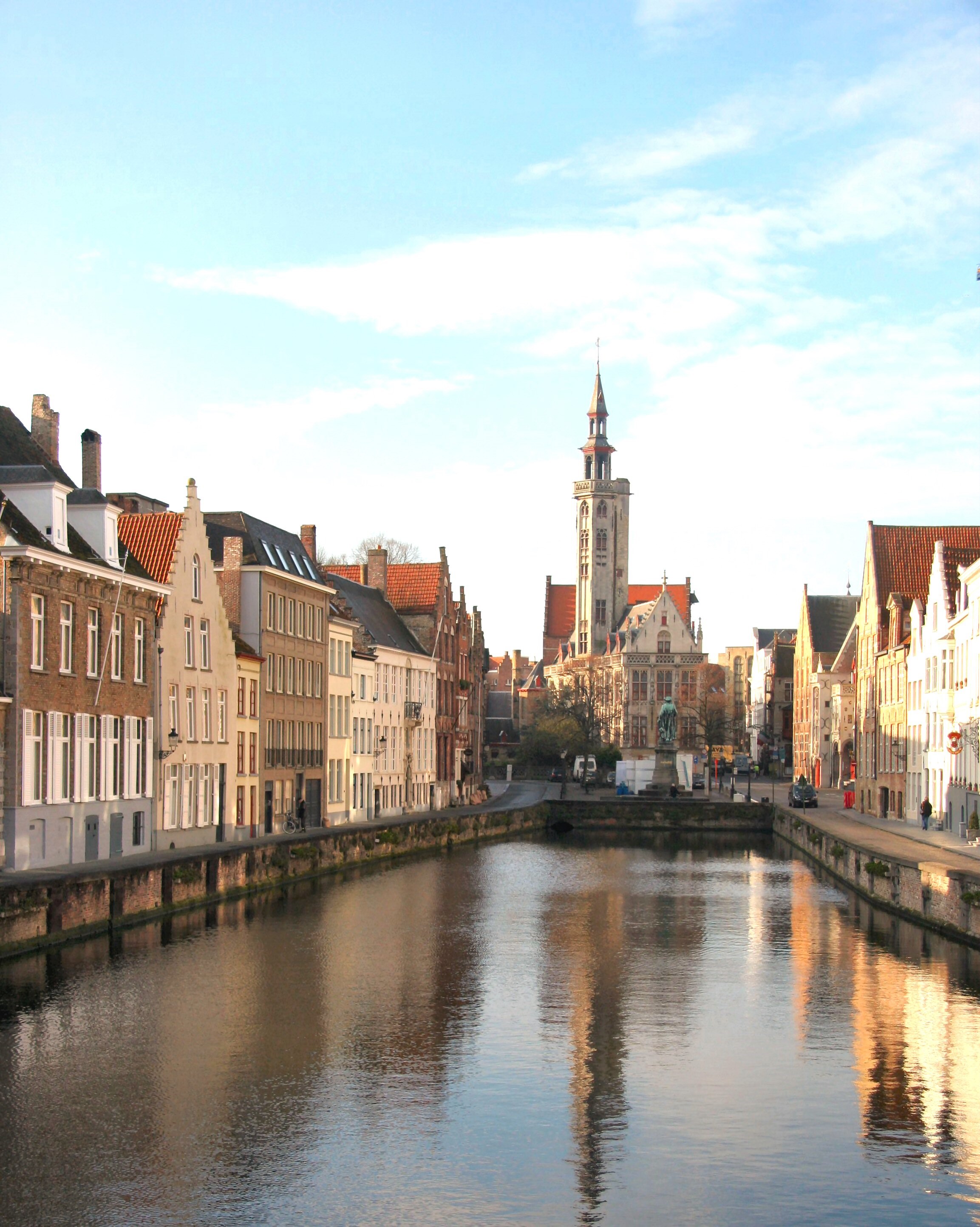
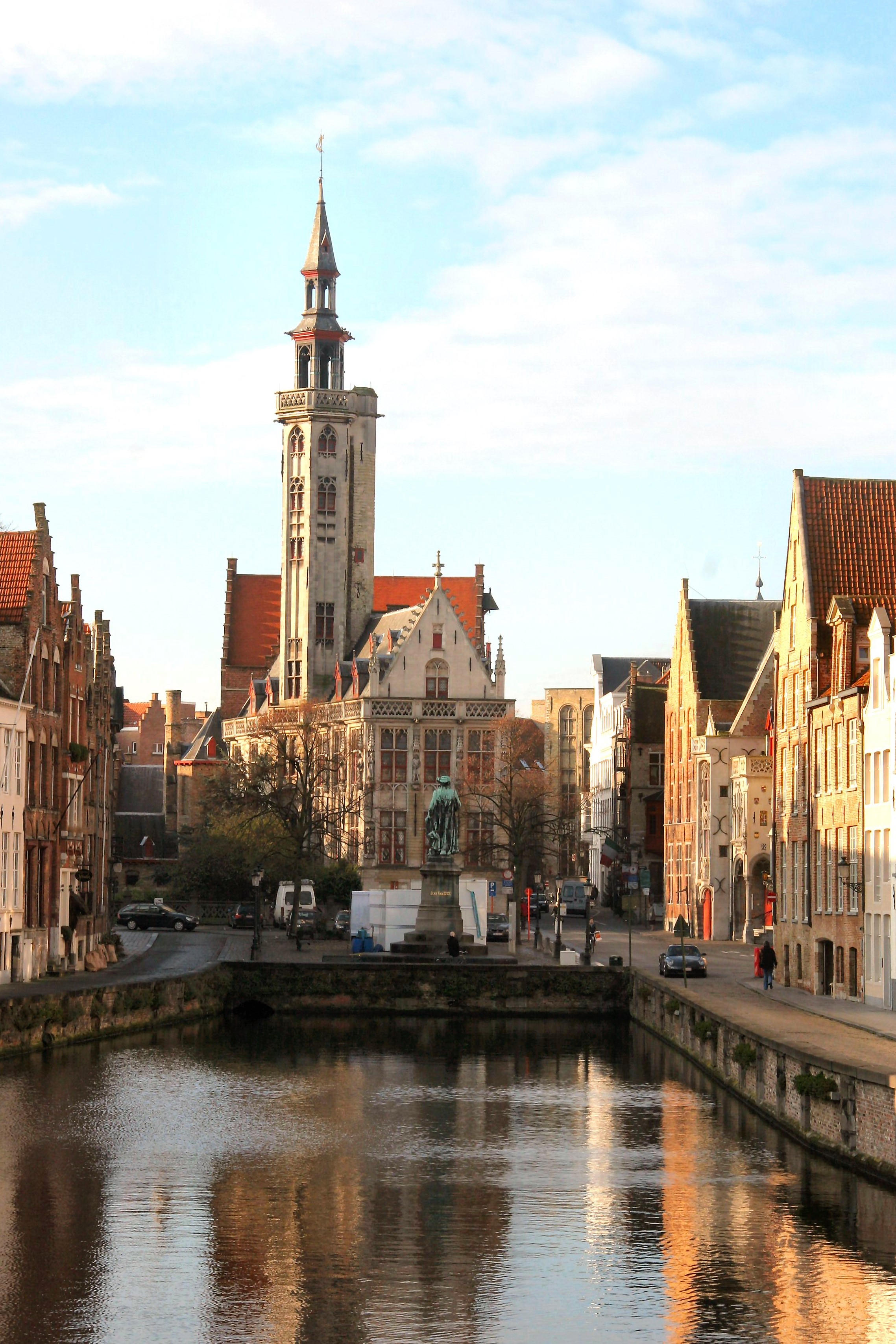
These views from a bridge across the canal basin, lined with fine town houses,looks toward the statue in Jan Van Eyckplein.
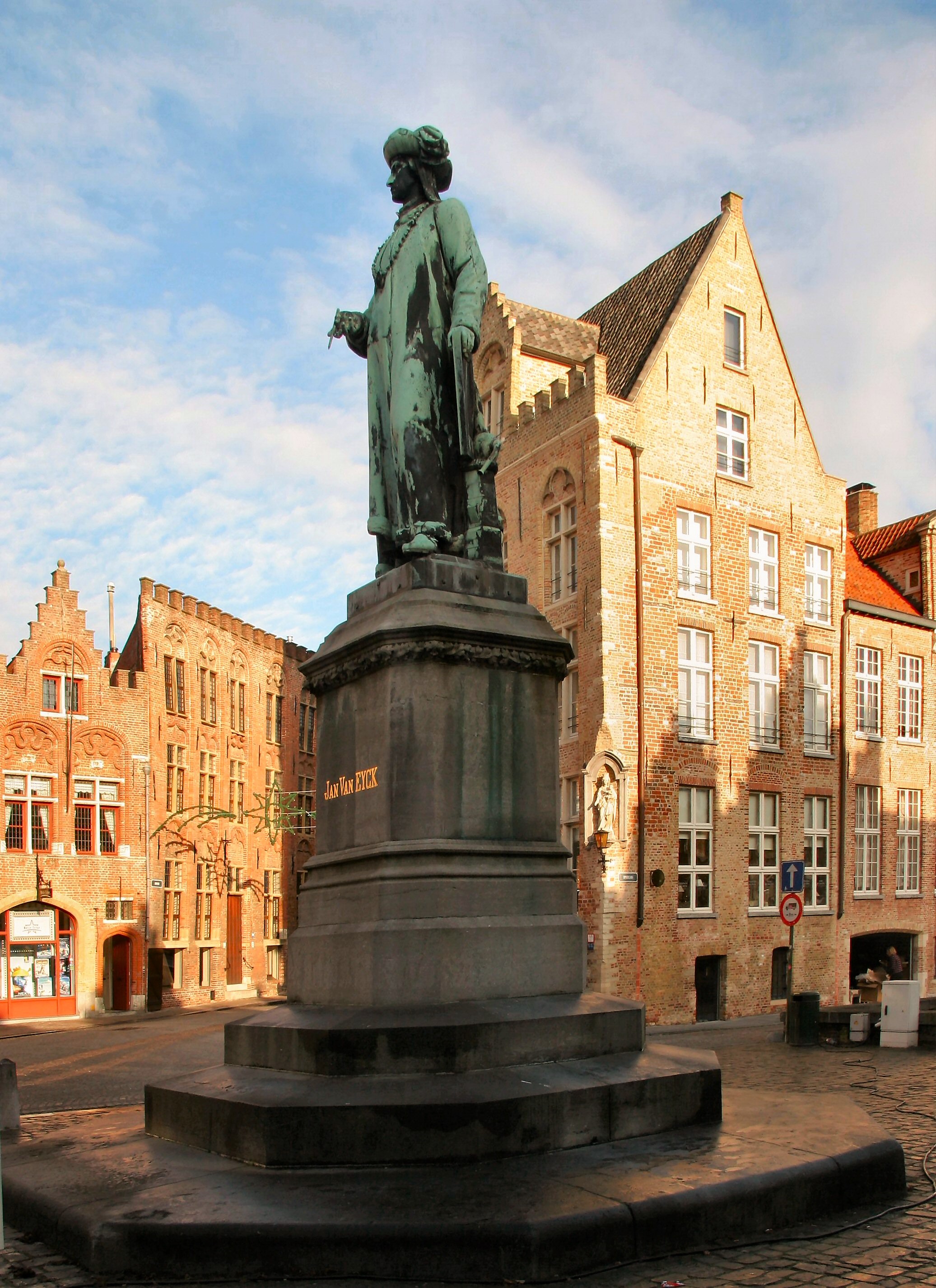
Jan van Eyck was an early "Northern Renaissance" painter.
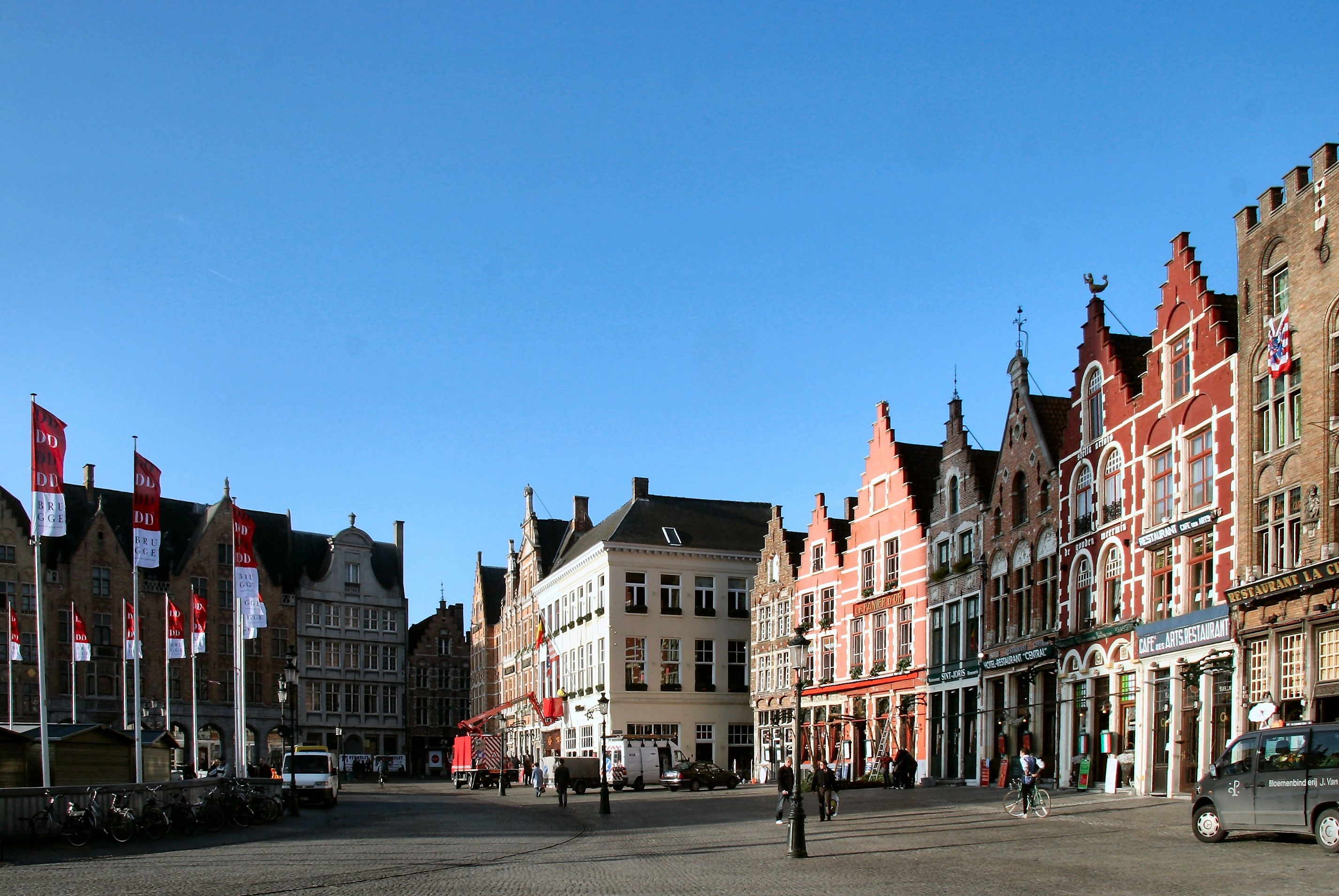
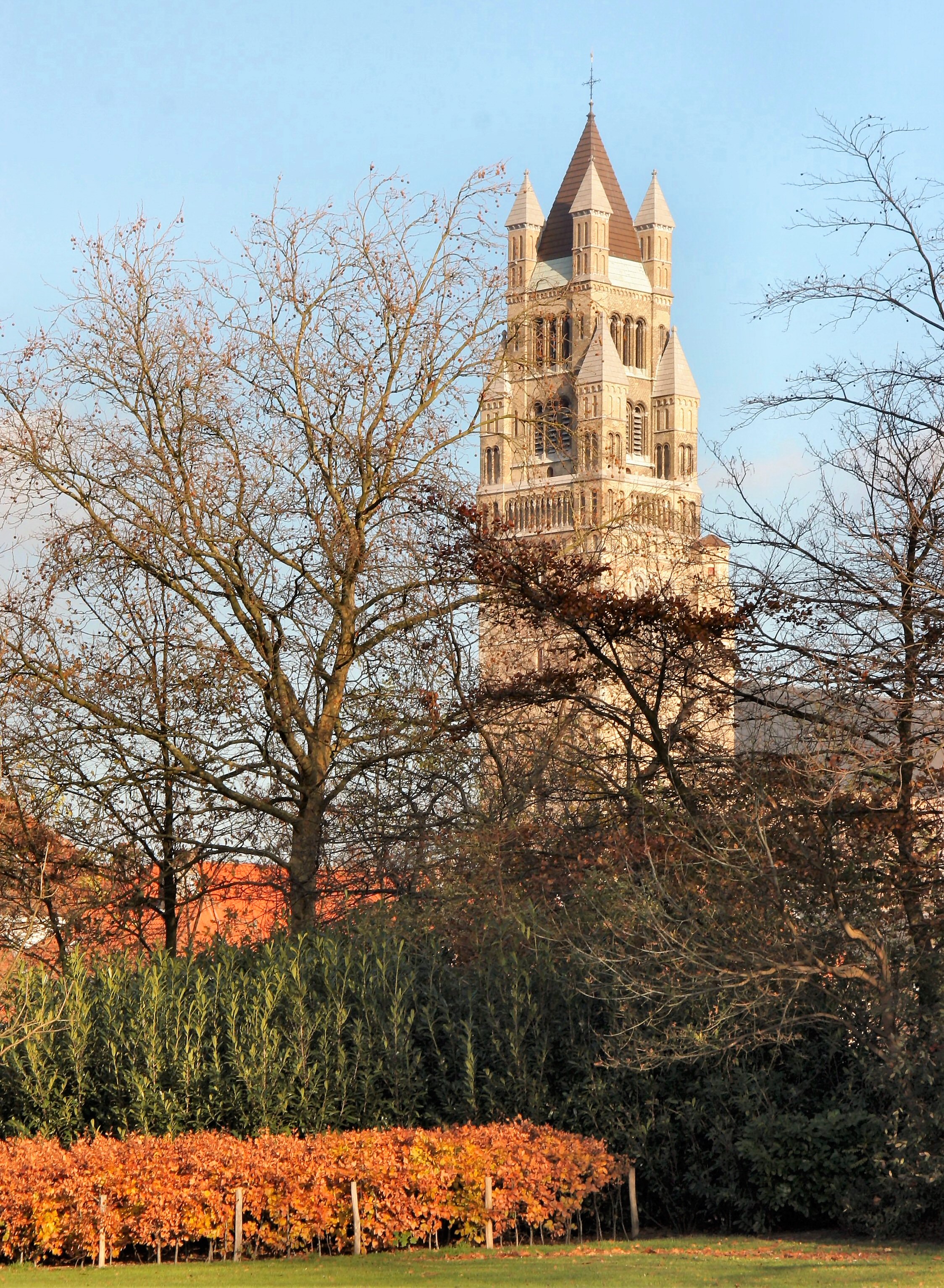
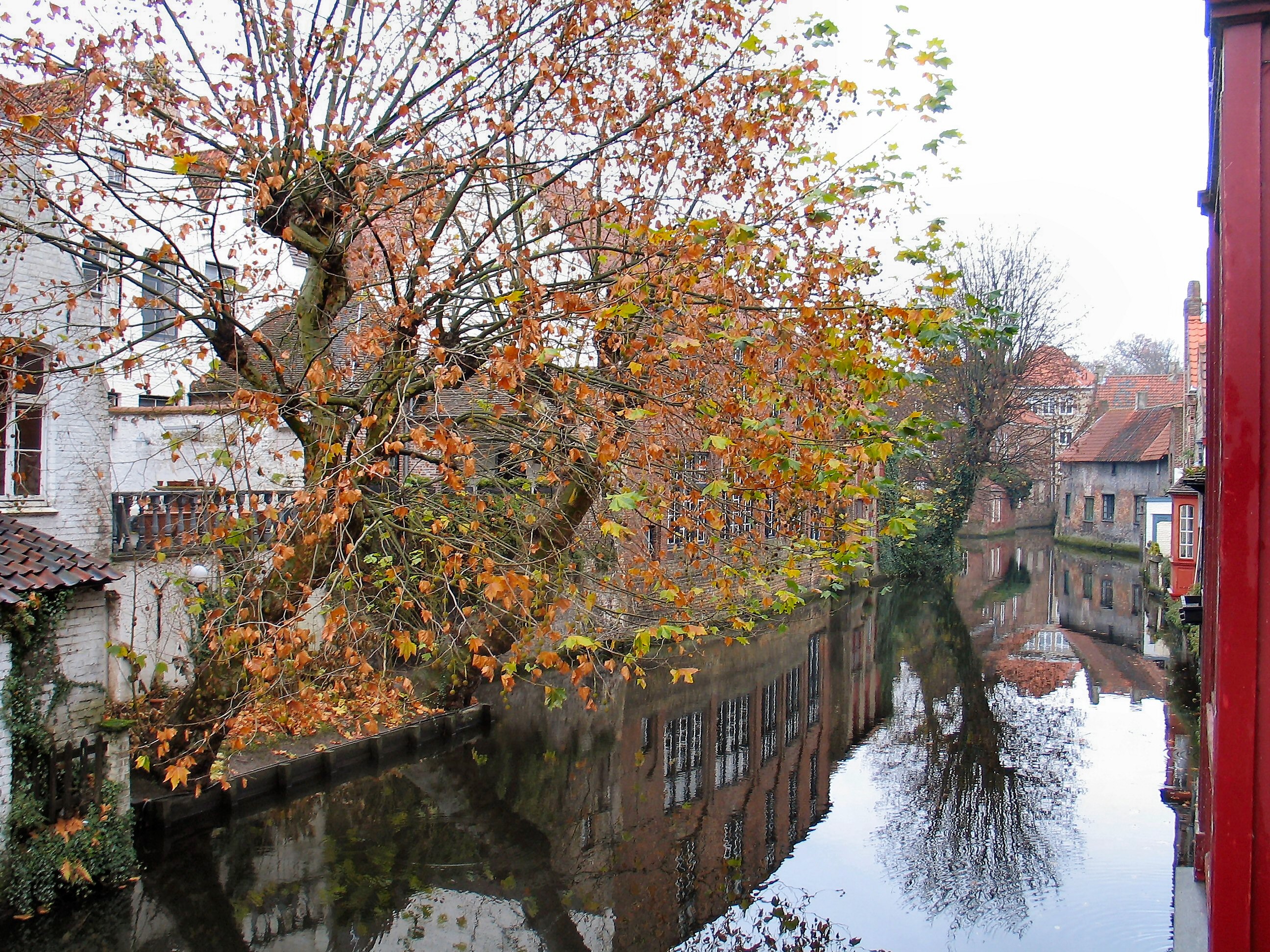
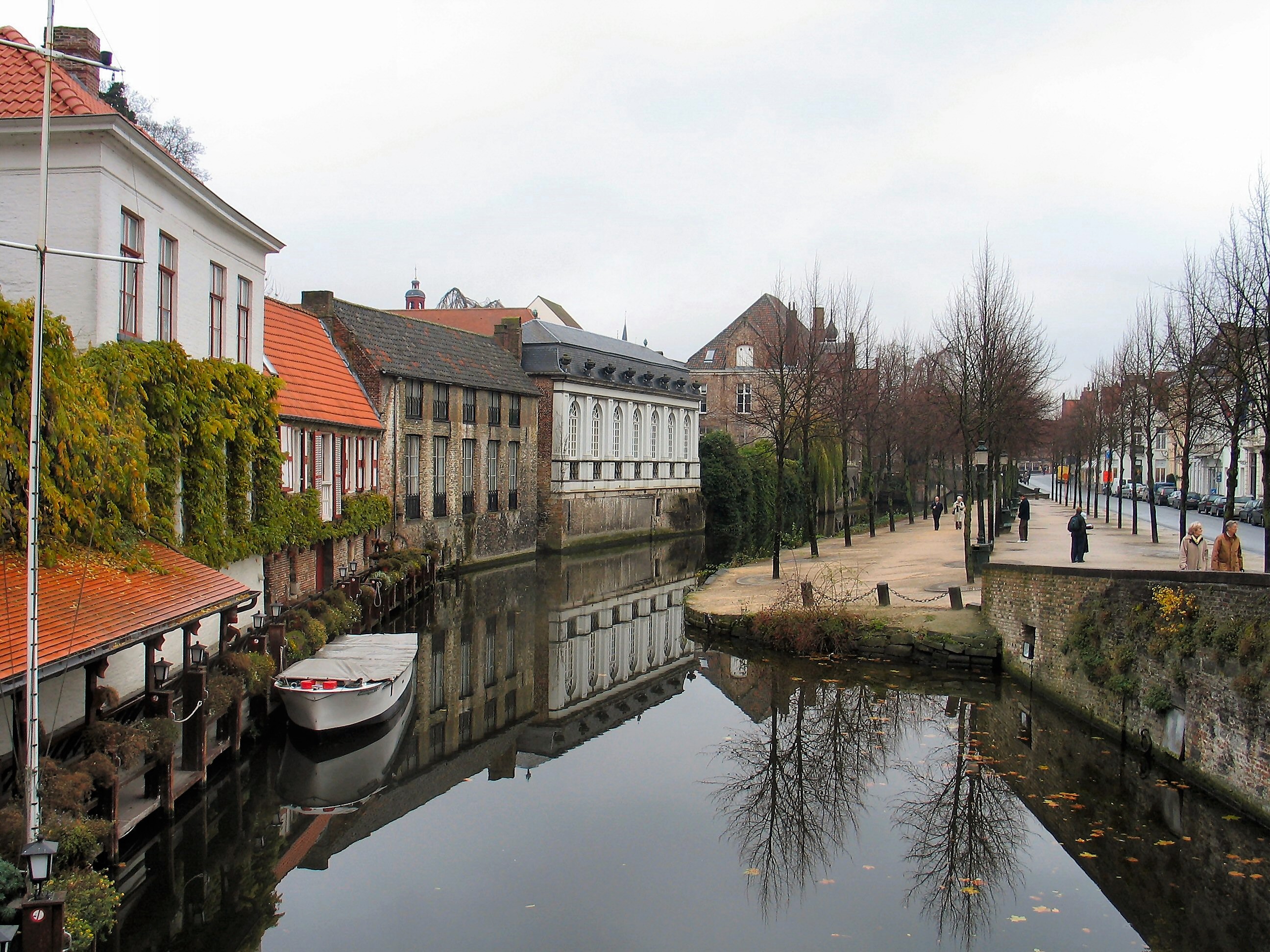
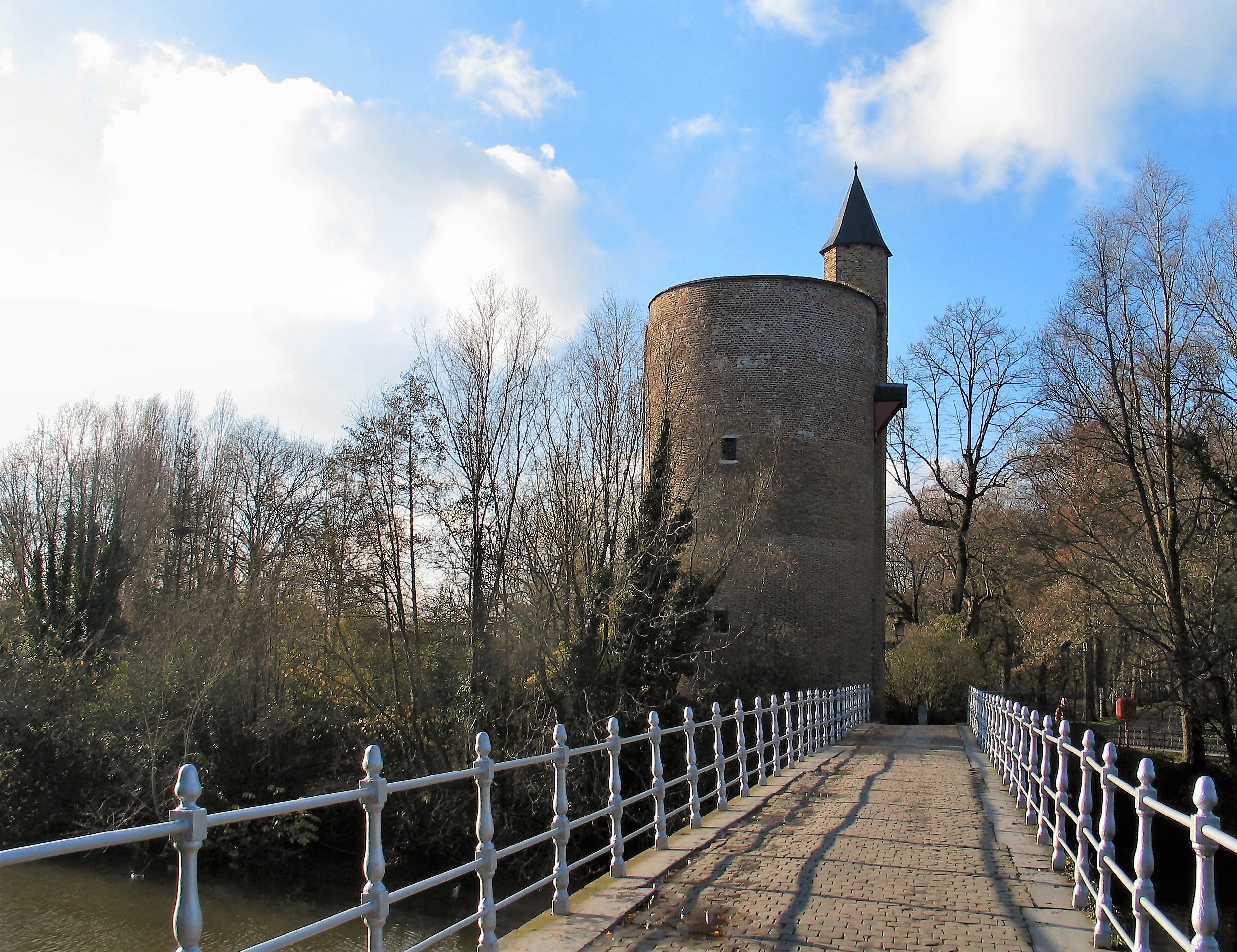
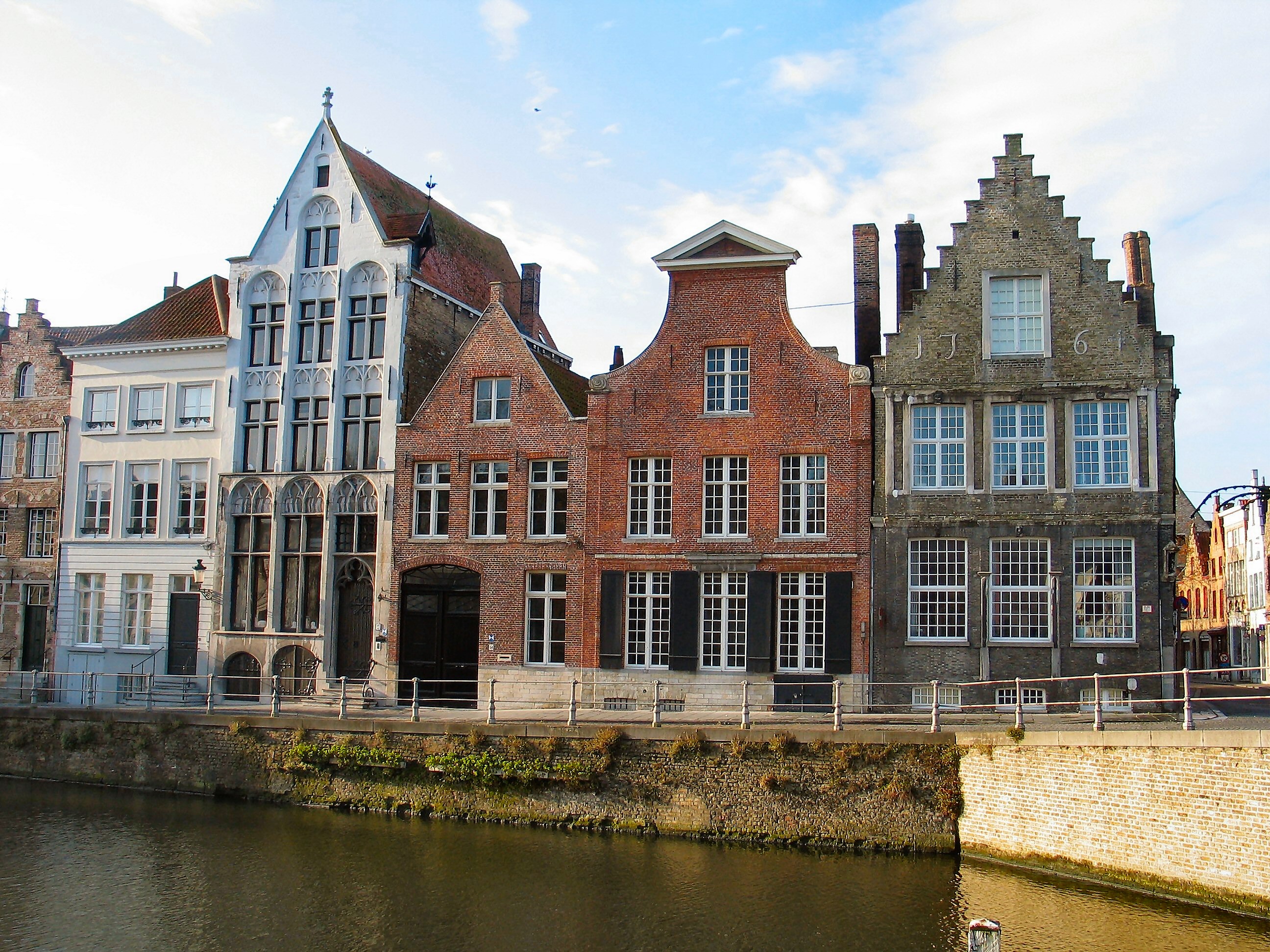
These handsome canal side houses display the variety of styles of gable ends chosen by the builders, including here a stepped gable and a bell gable. Perhaps there is an element of competition at work but the result is great individuality within an harmonious whole.
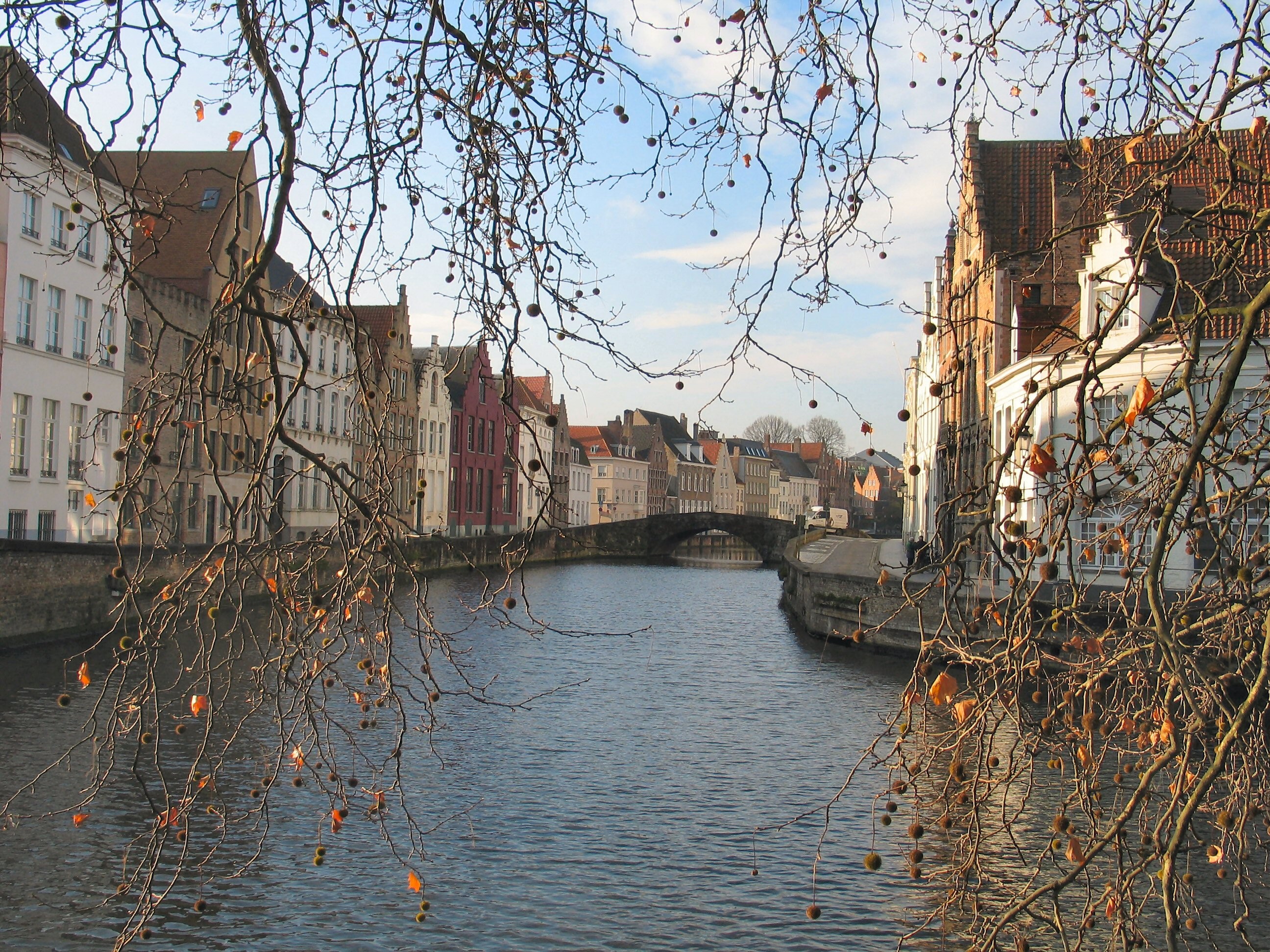
The branches of a nearly leafless beech soften this view of one of Bruges' many stone arched bridges. This one links Spinolarei and Speigelrei.
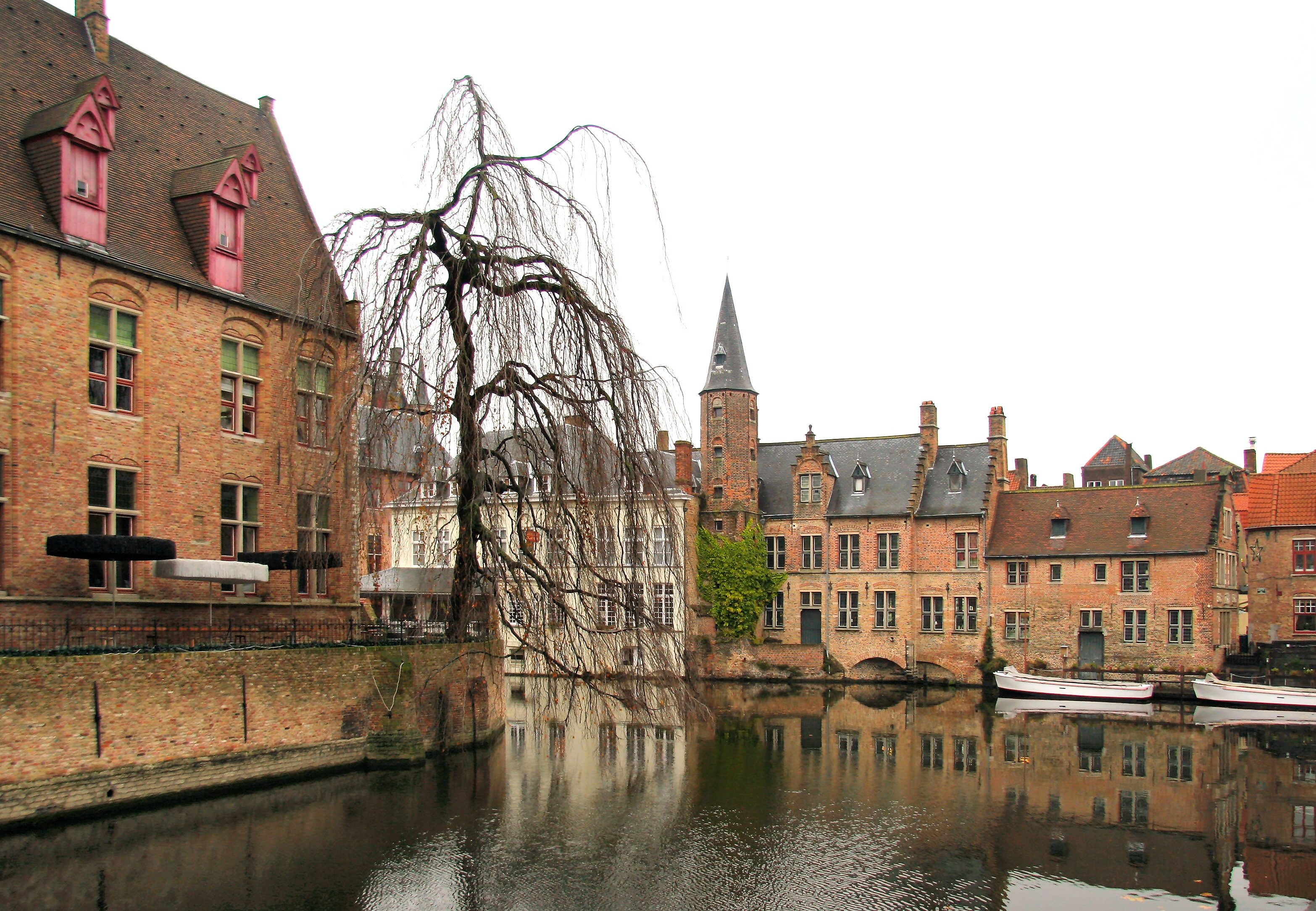
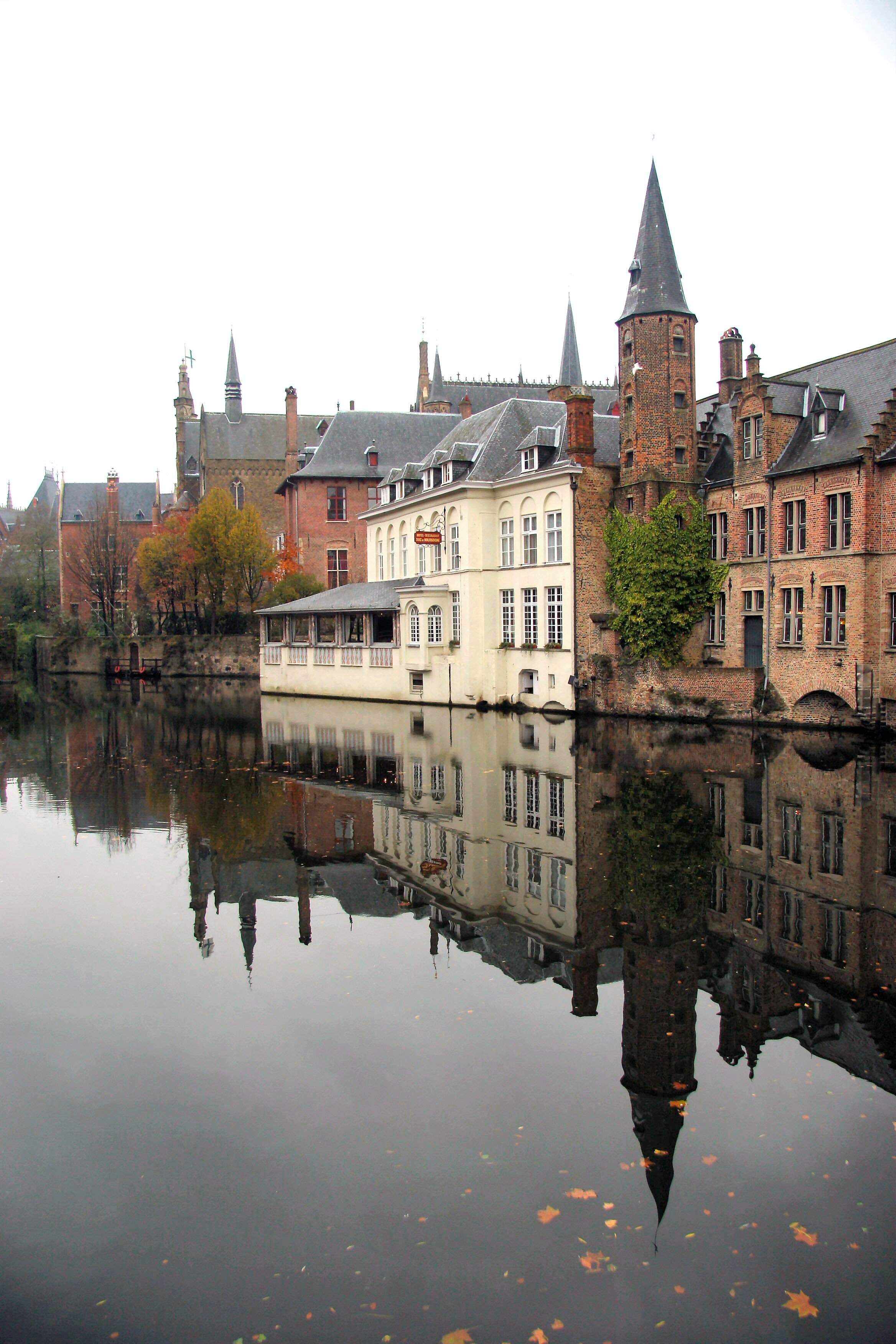
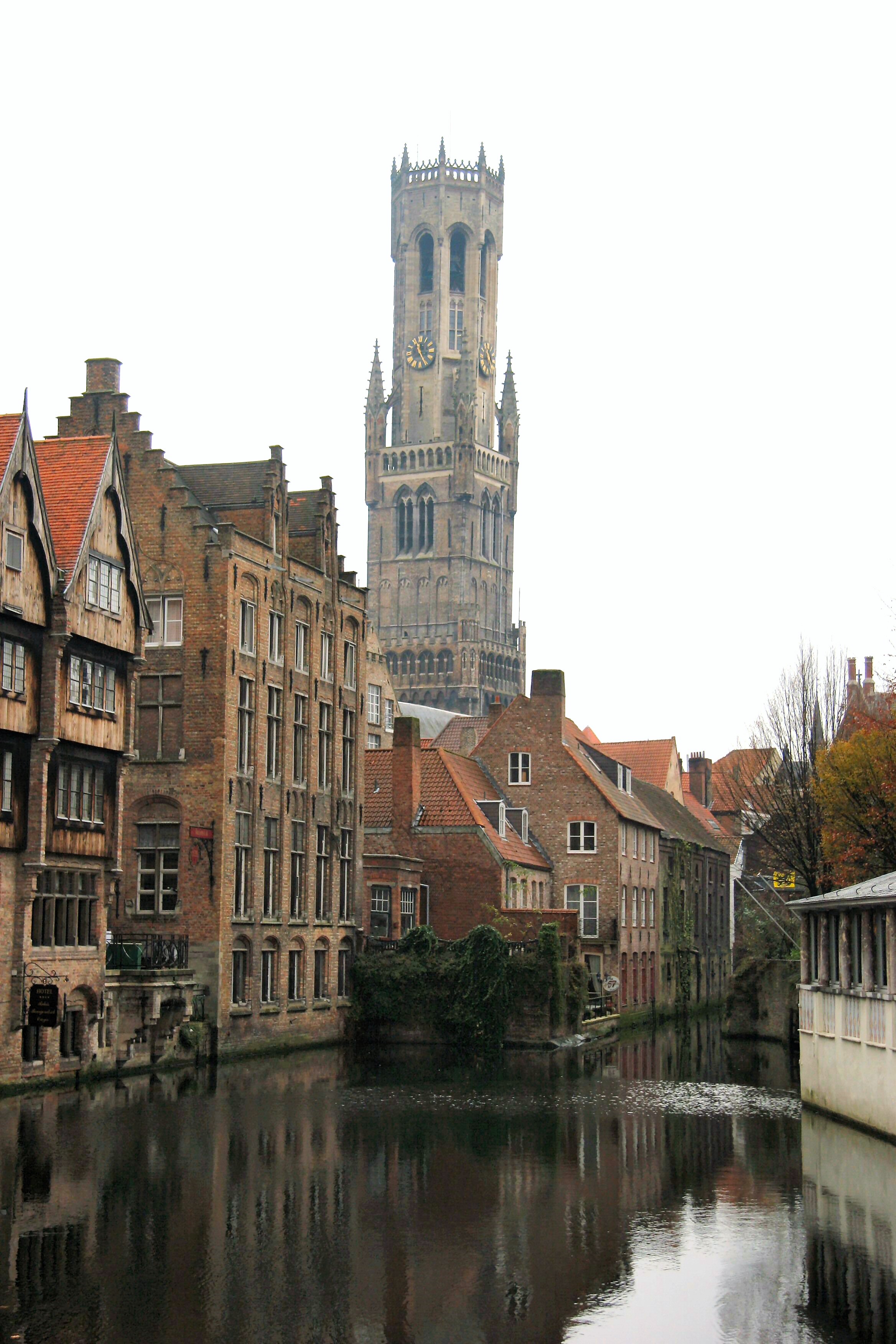
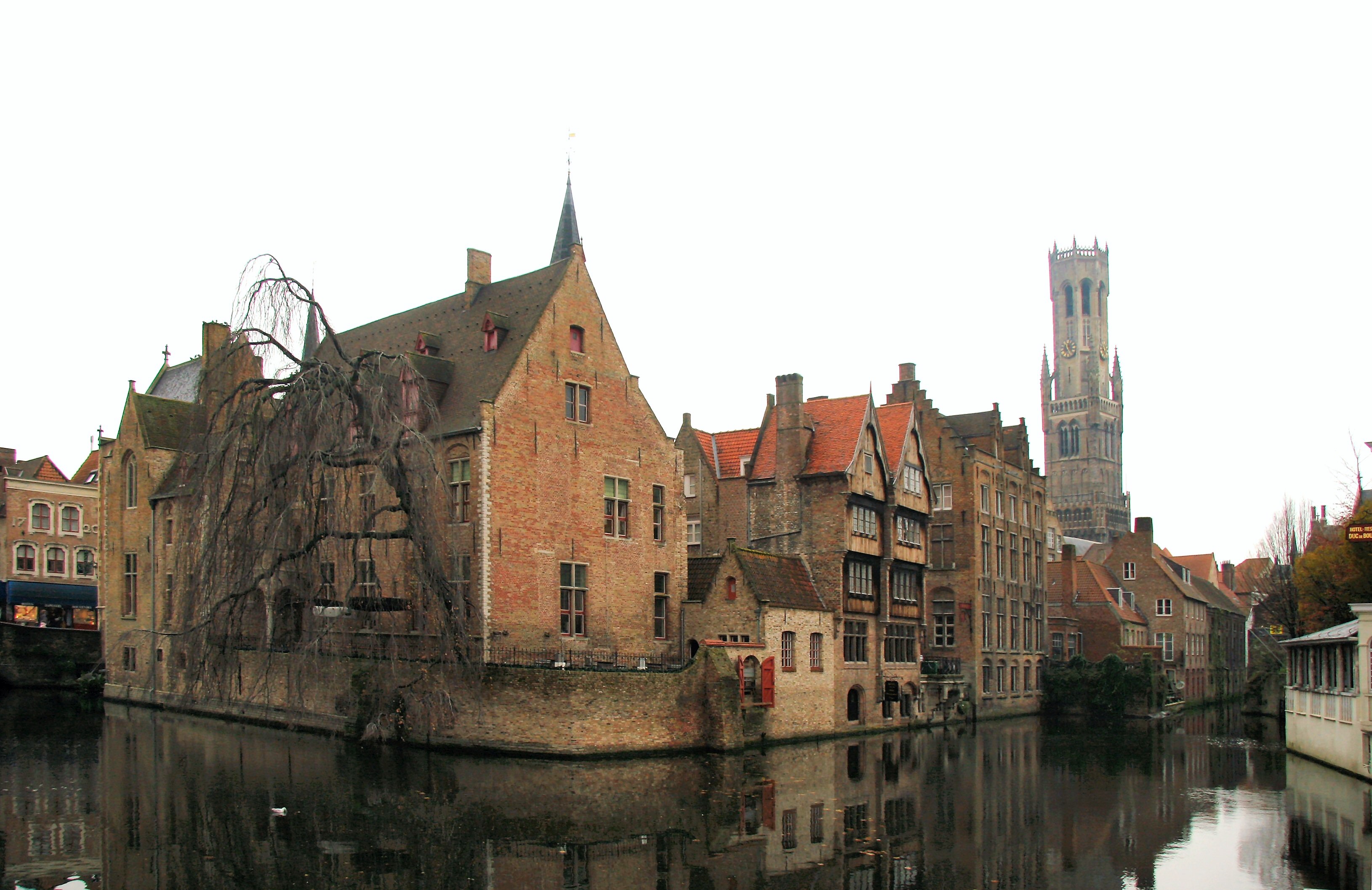
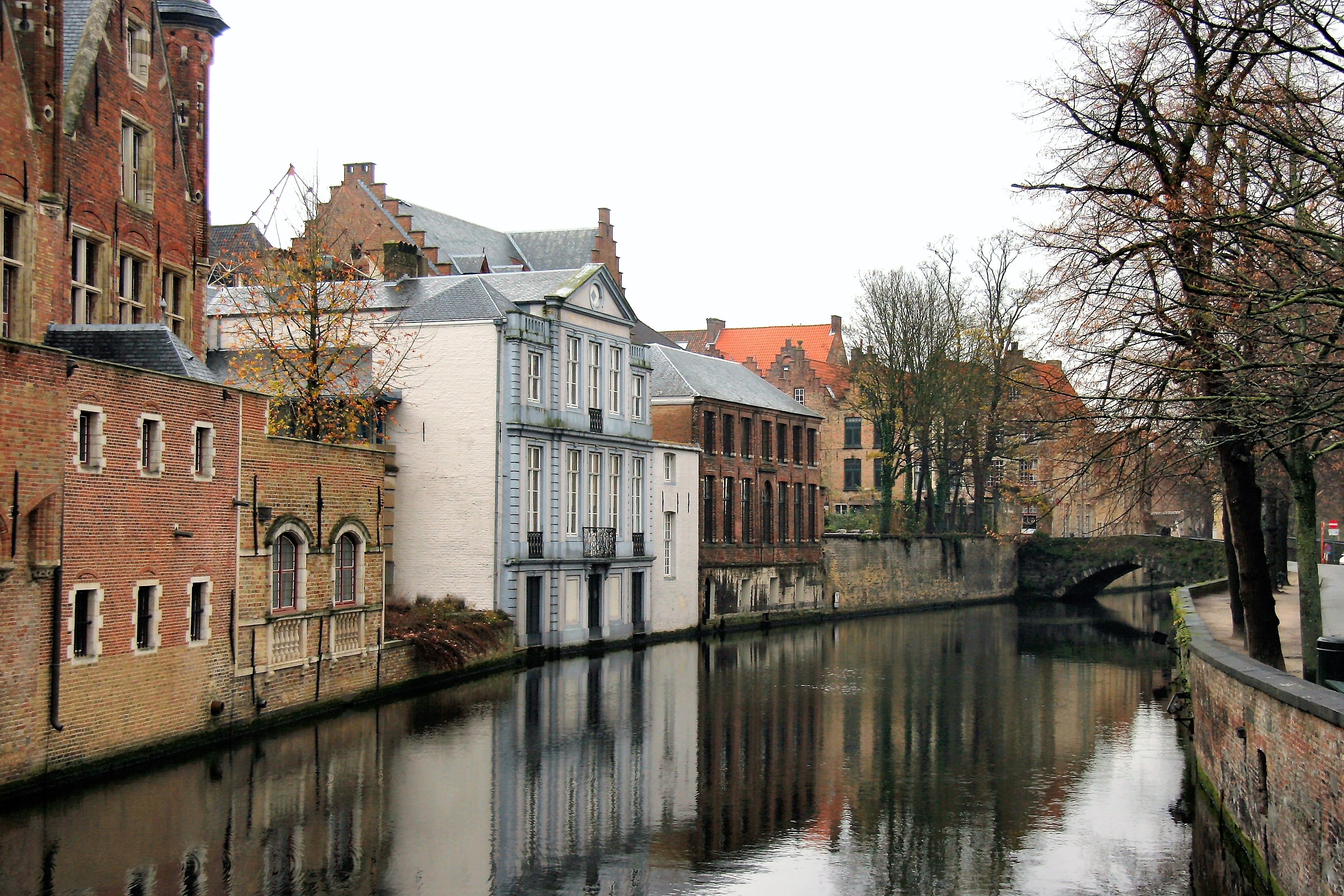
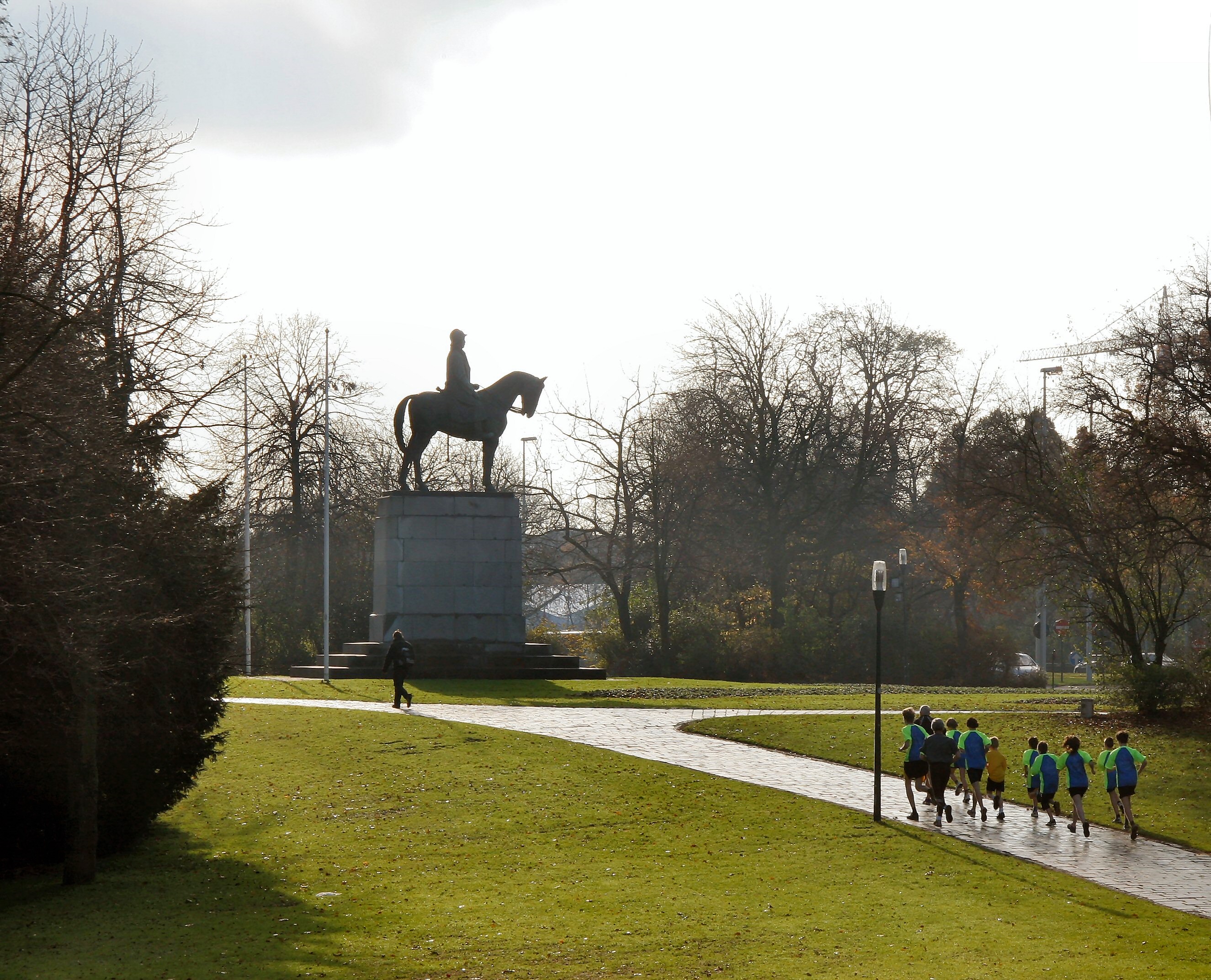
"Please Sir, wait for us!"
Ignored by King Albert, these schoolboys on their afternoon sports period passed us in a pleasant park on our way back to the station.